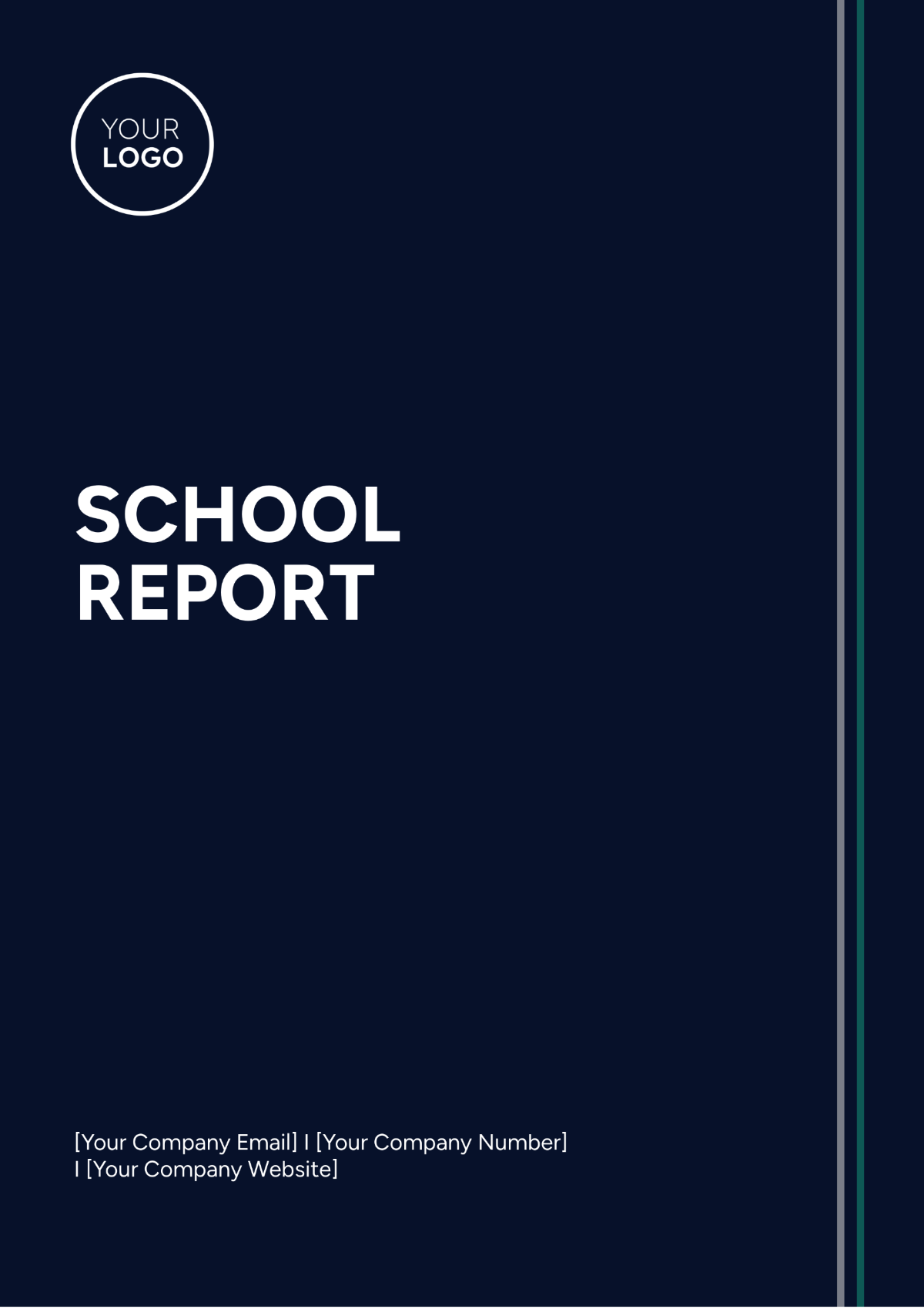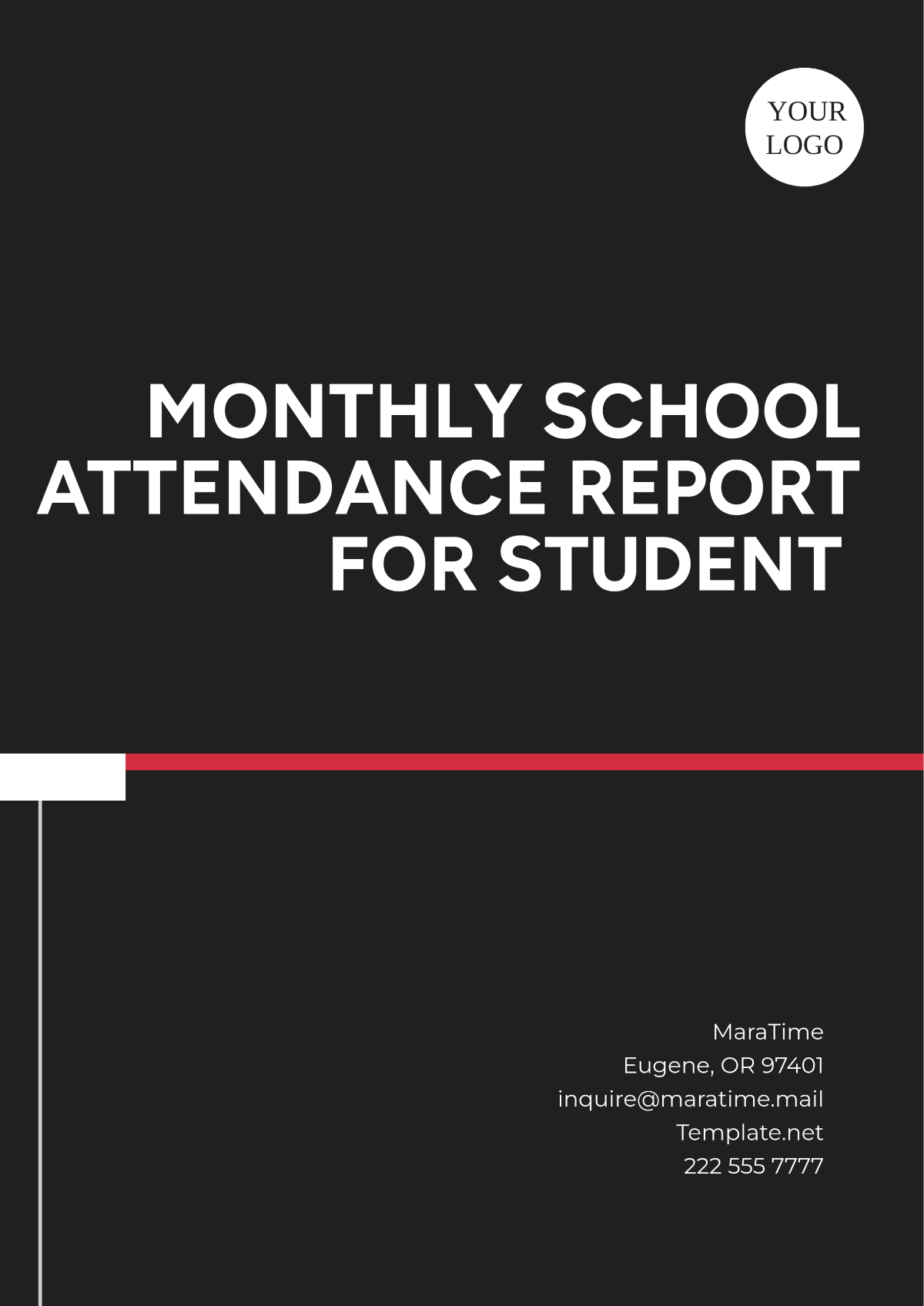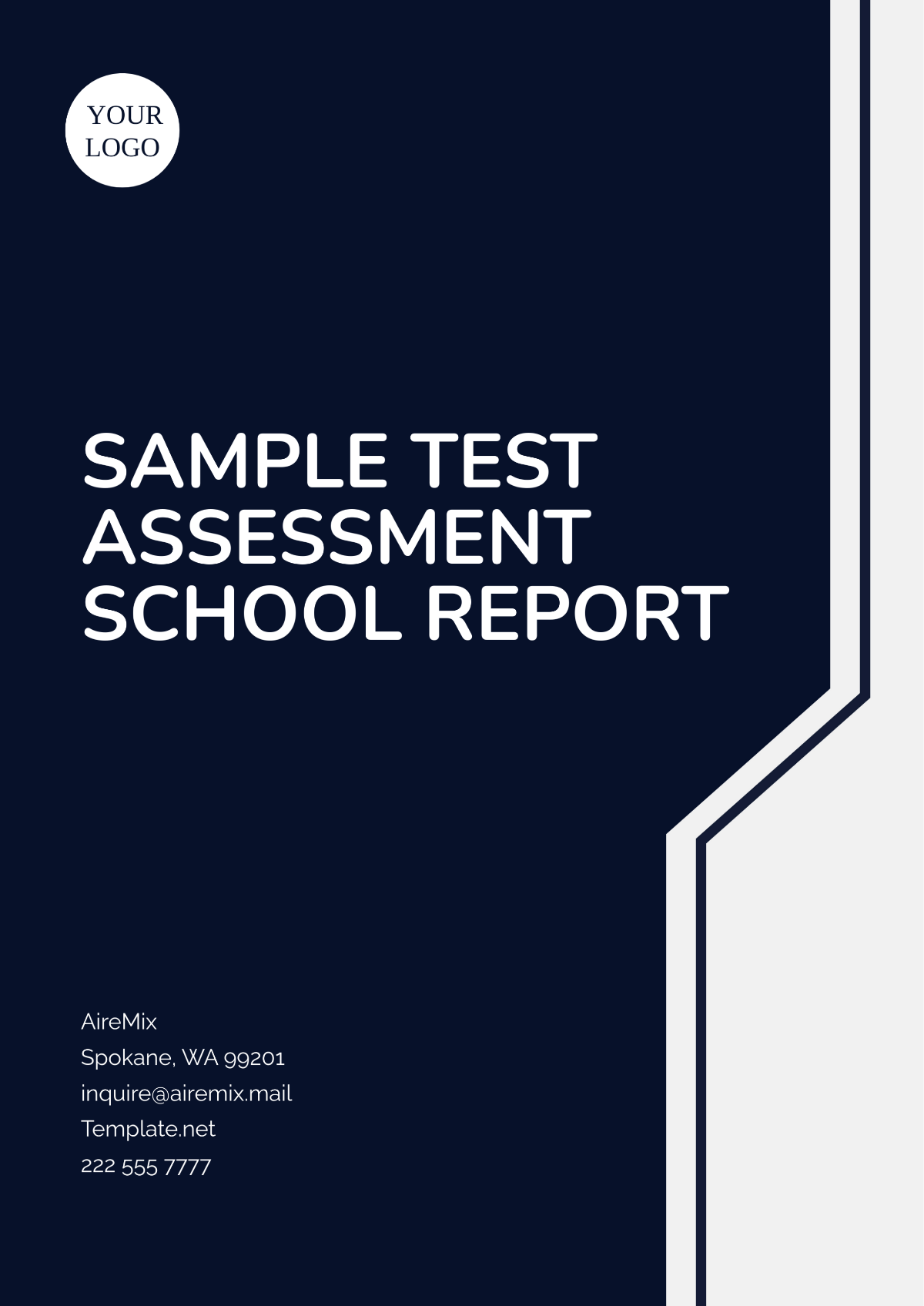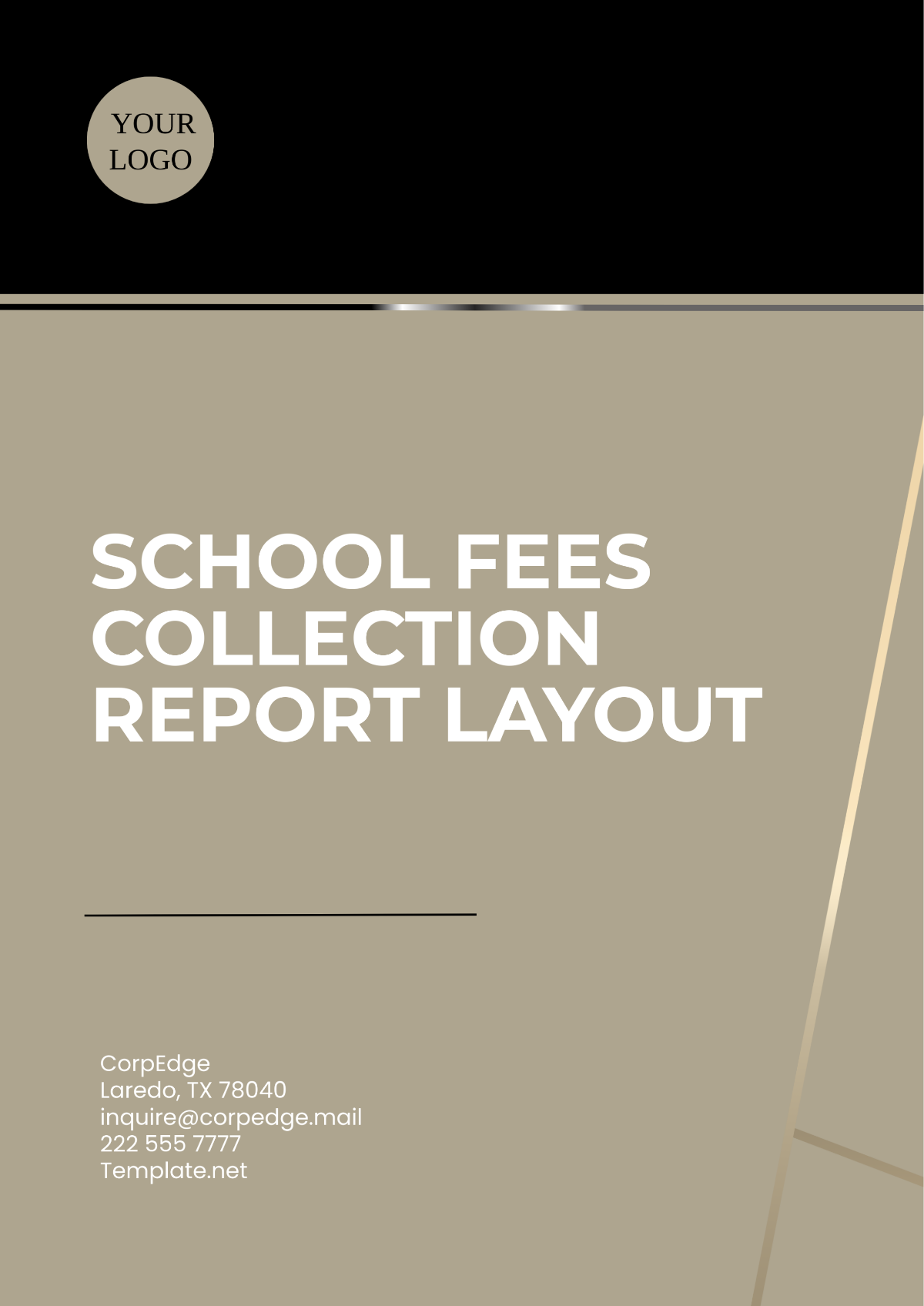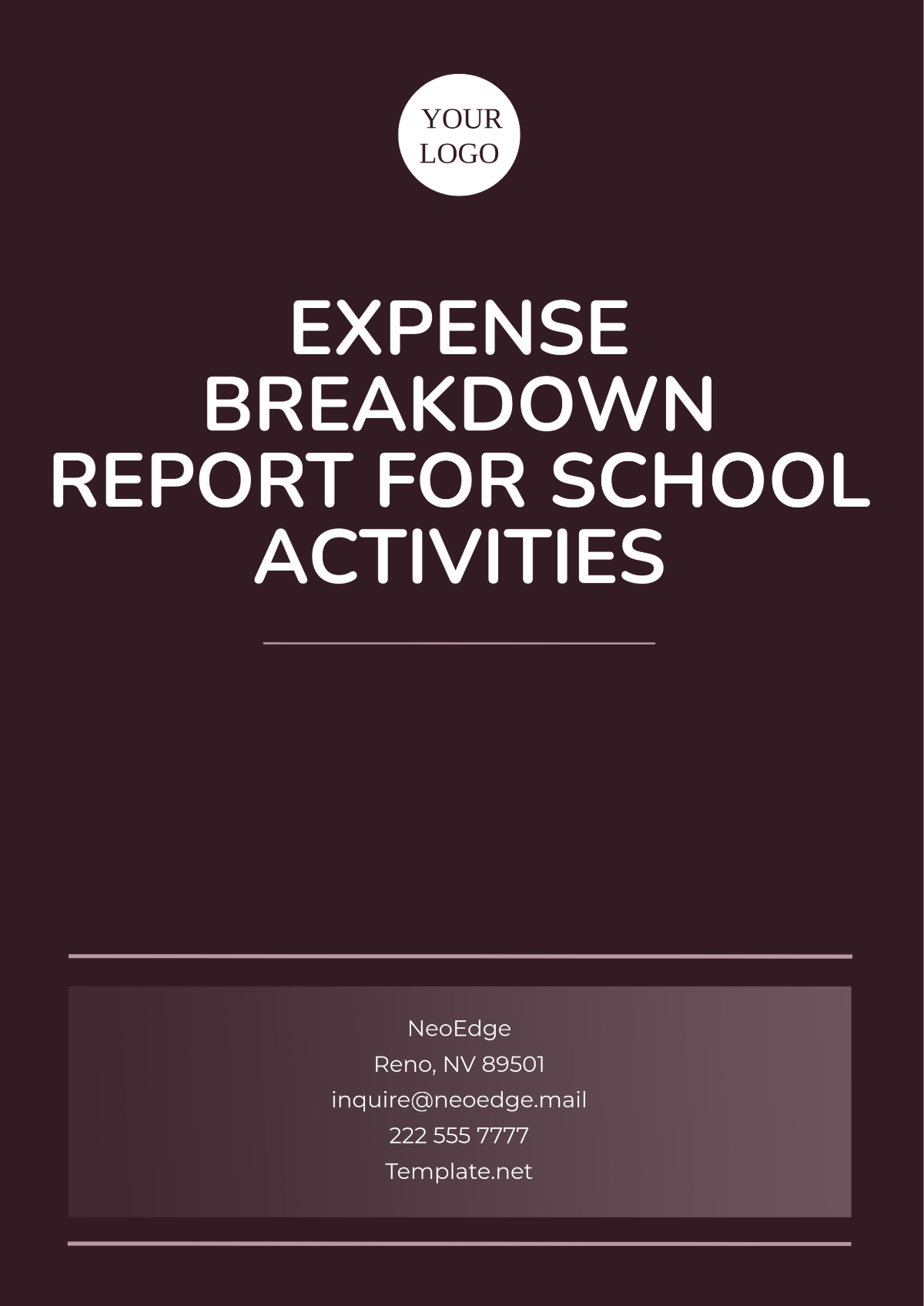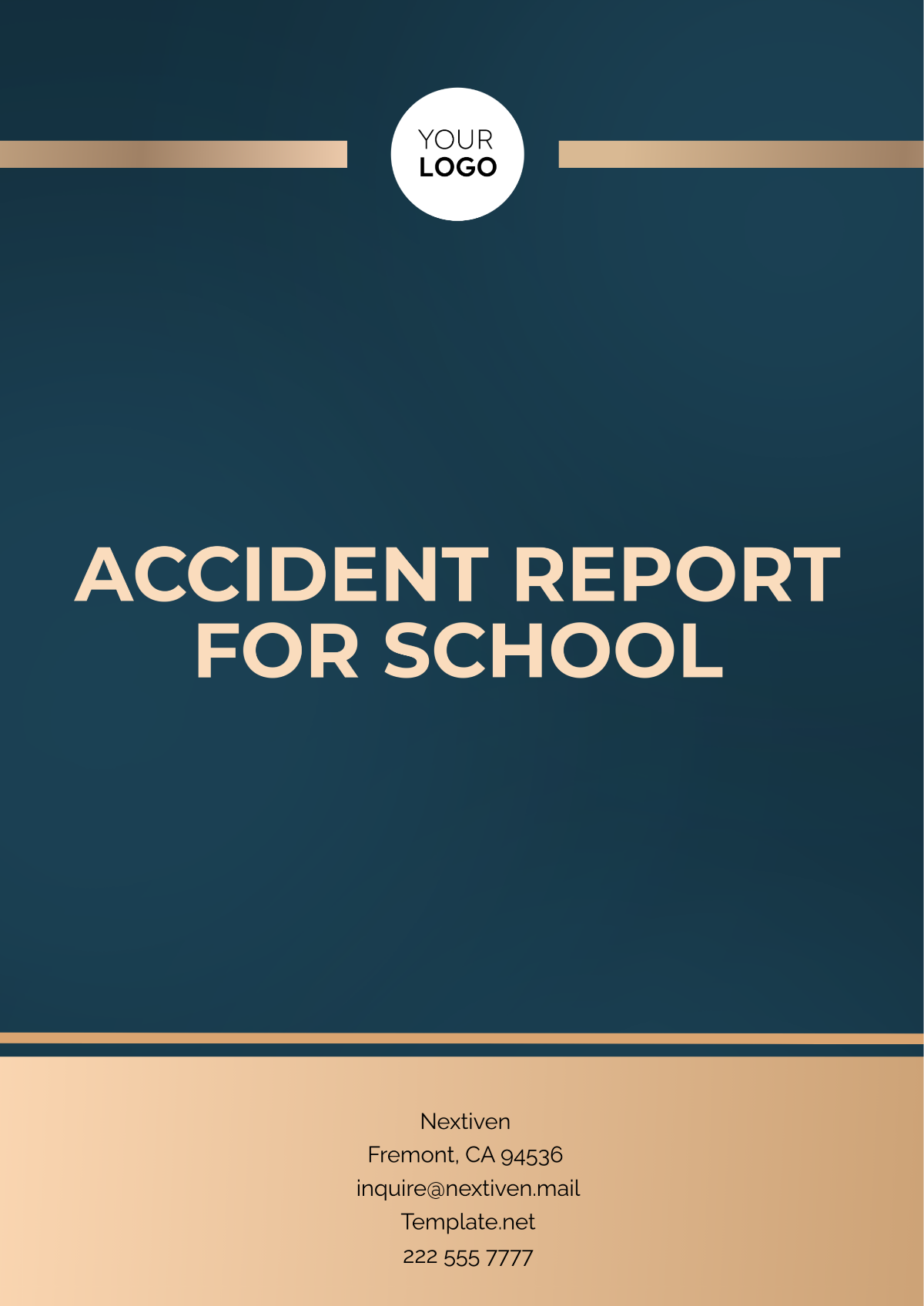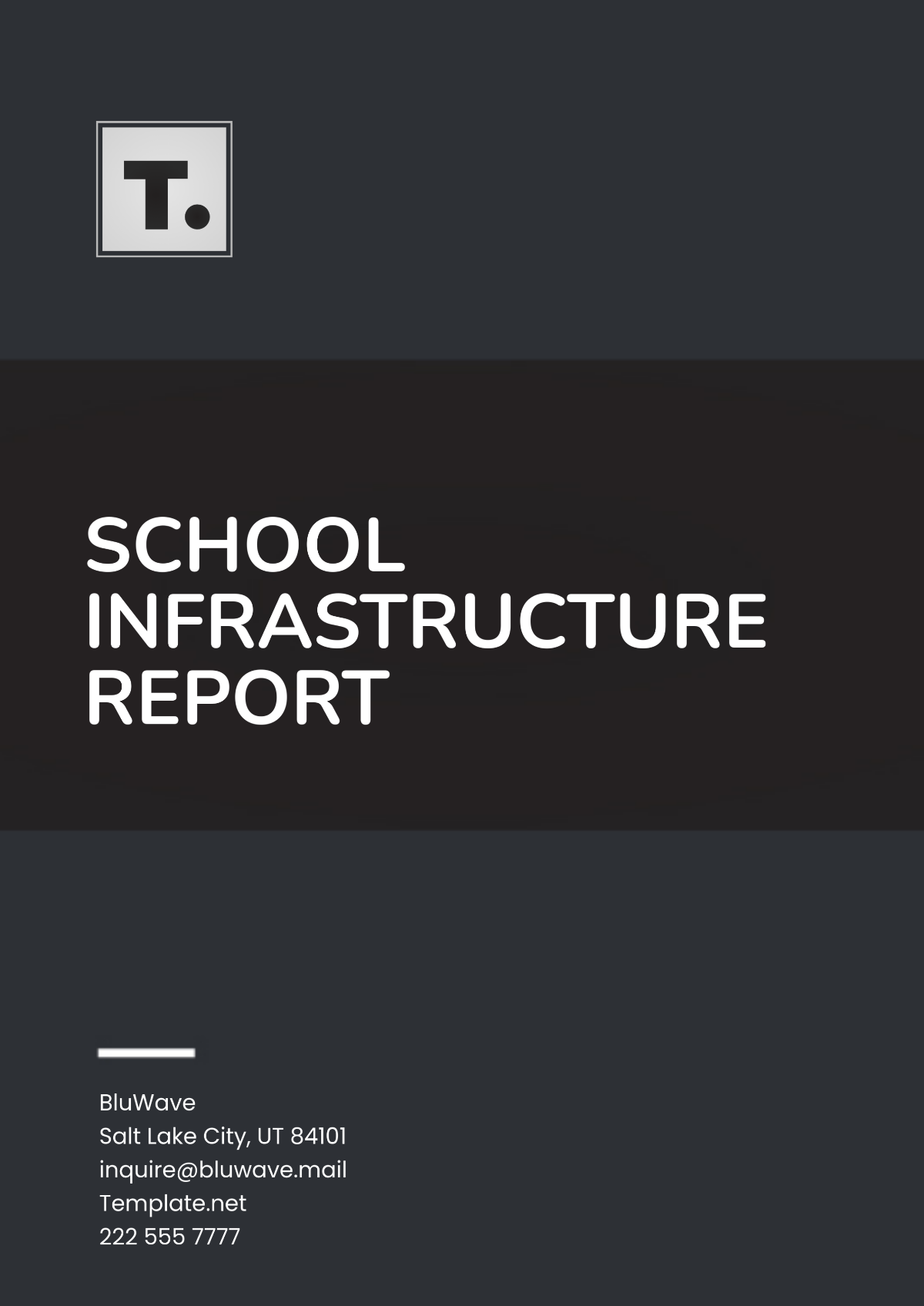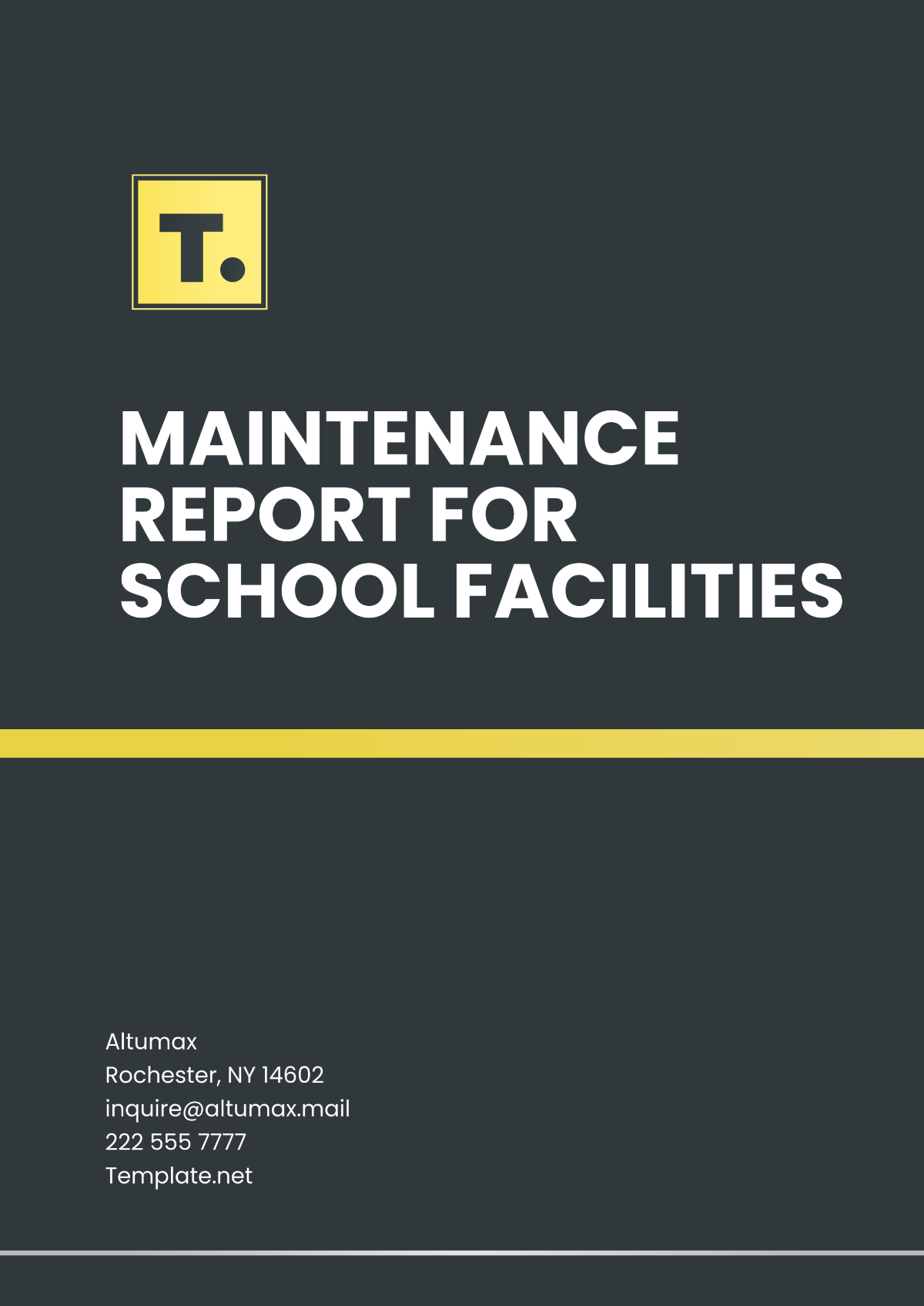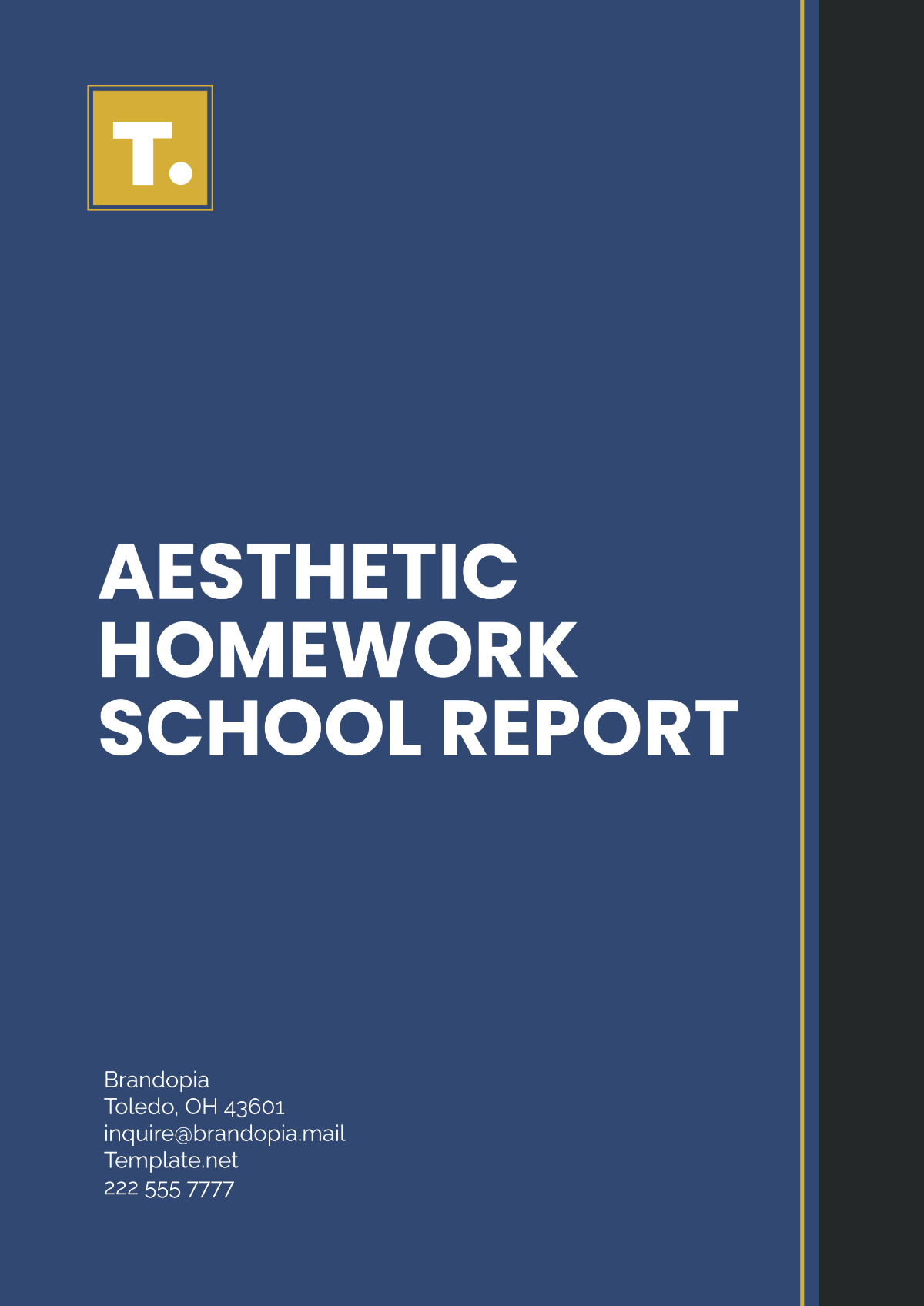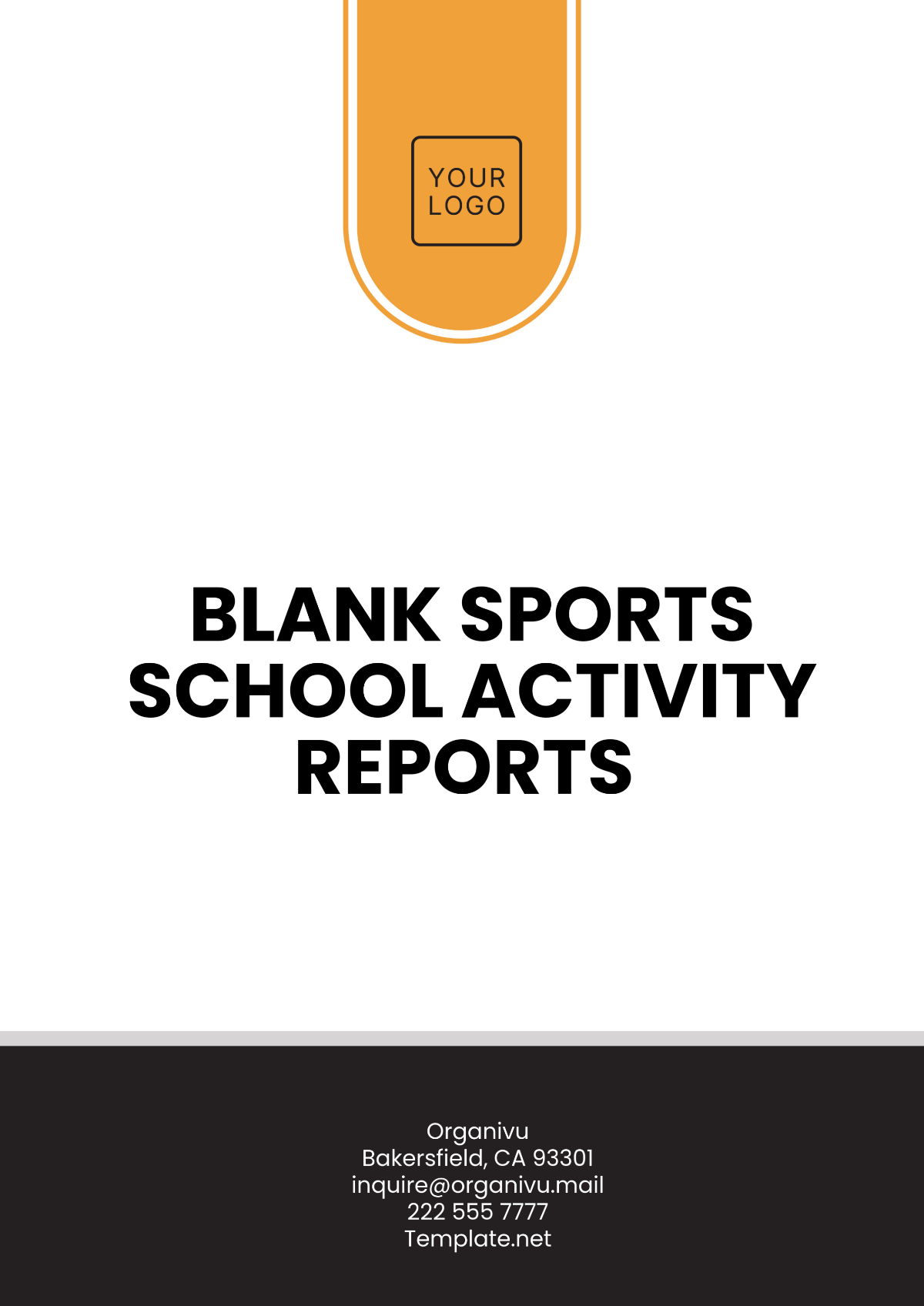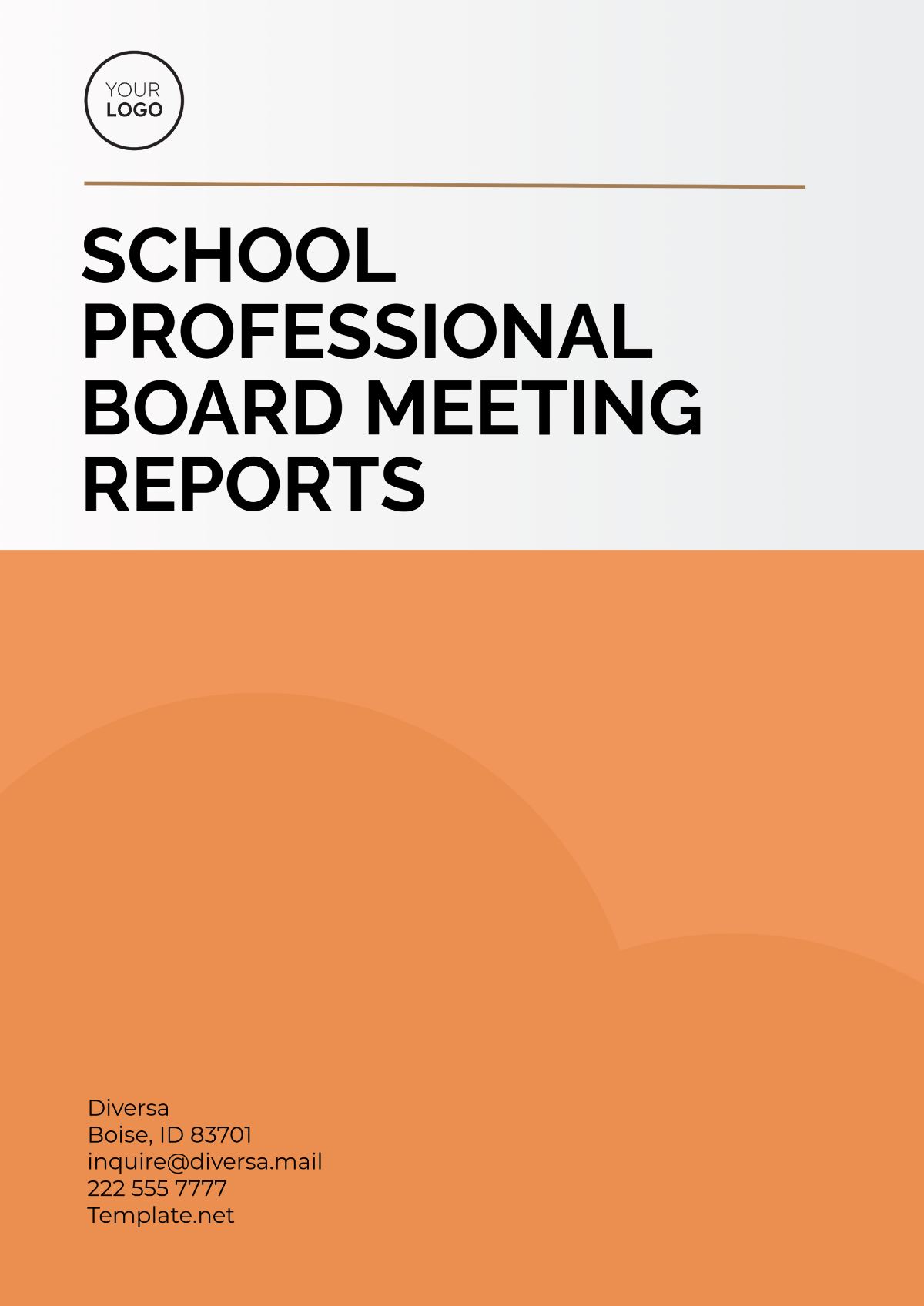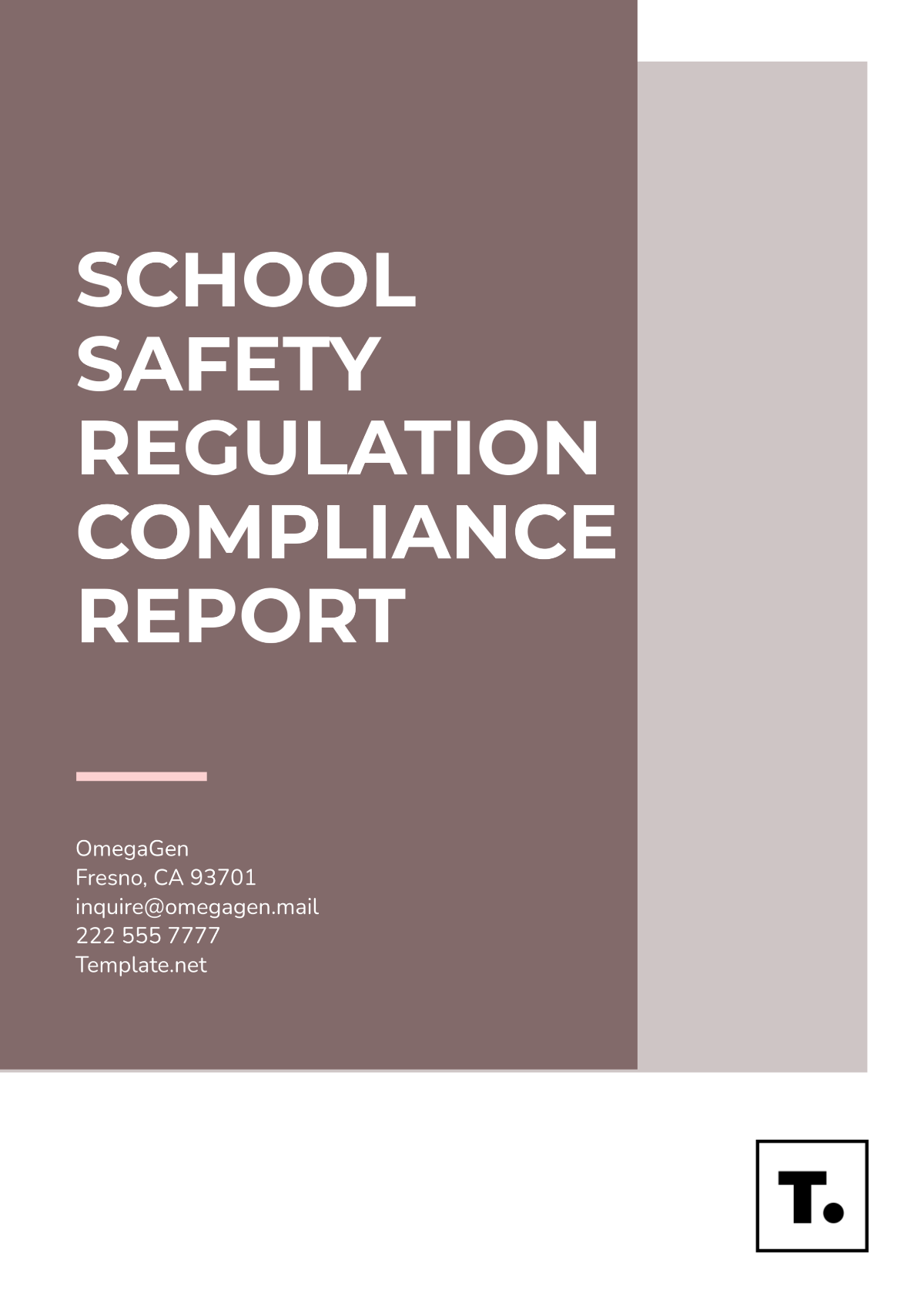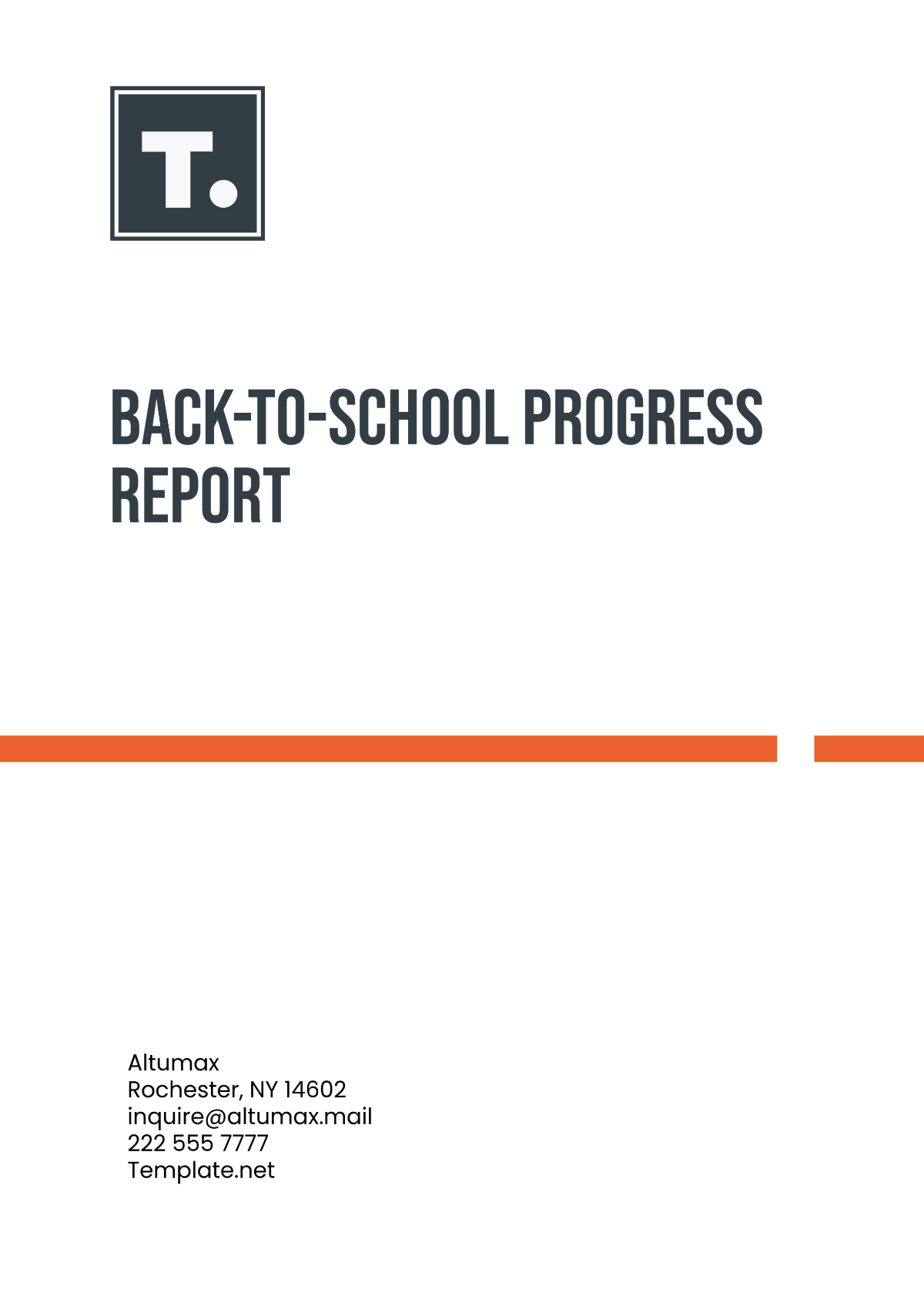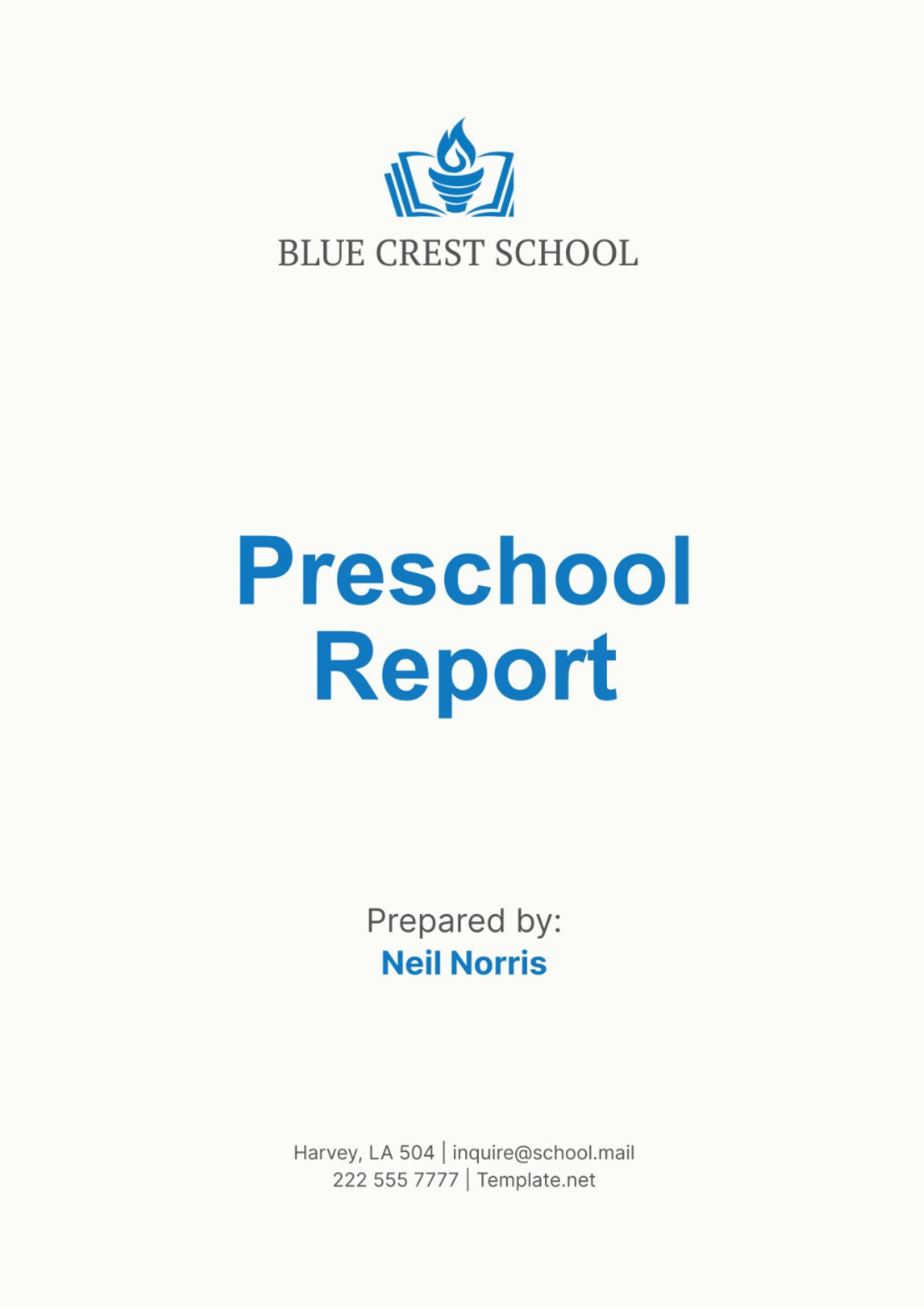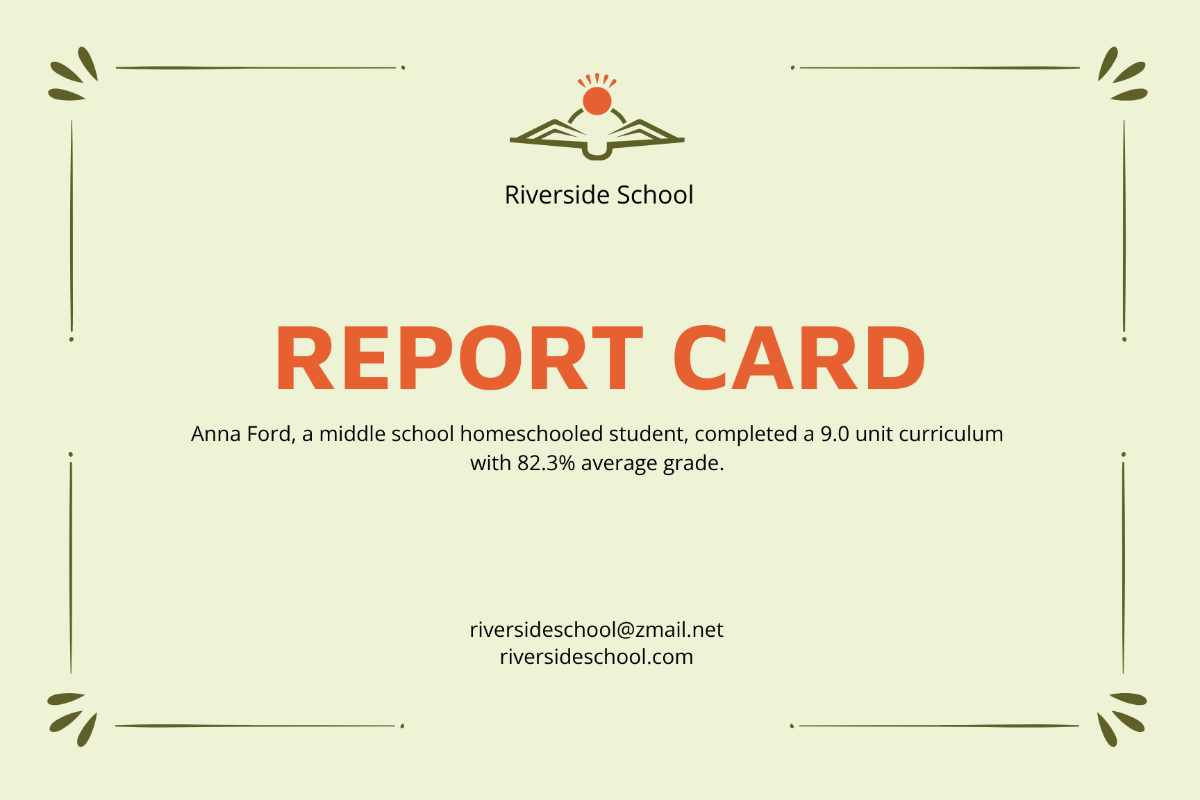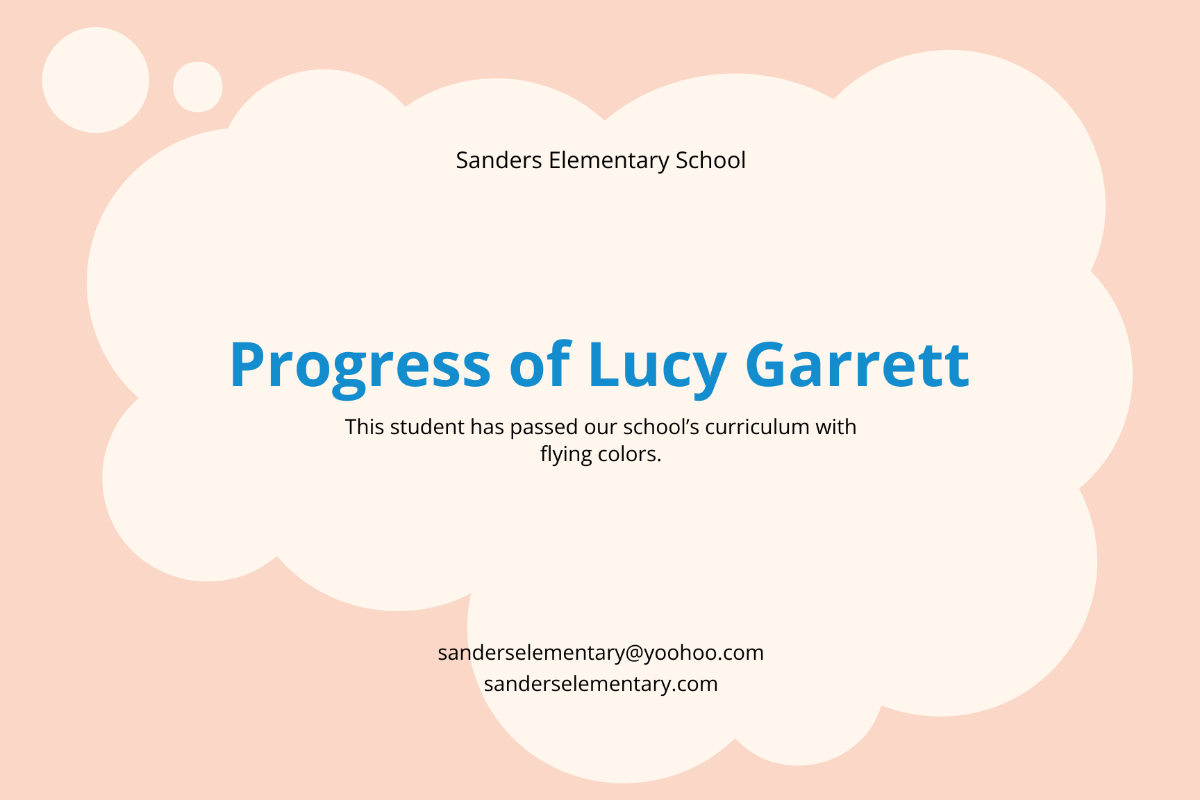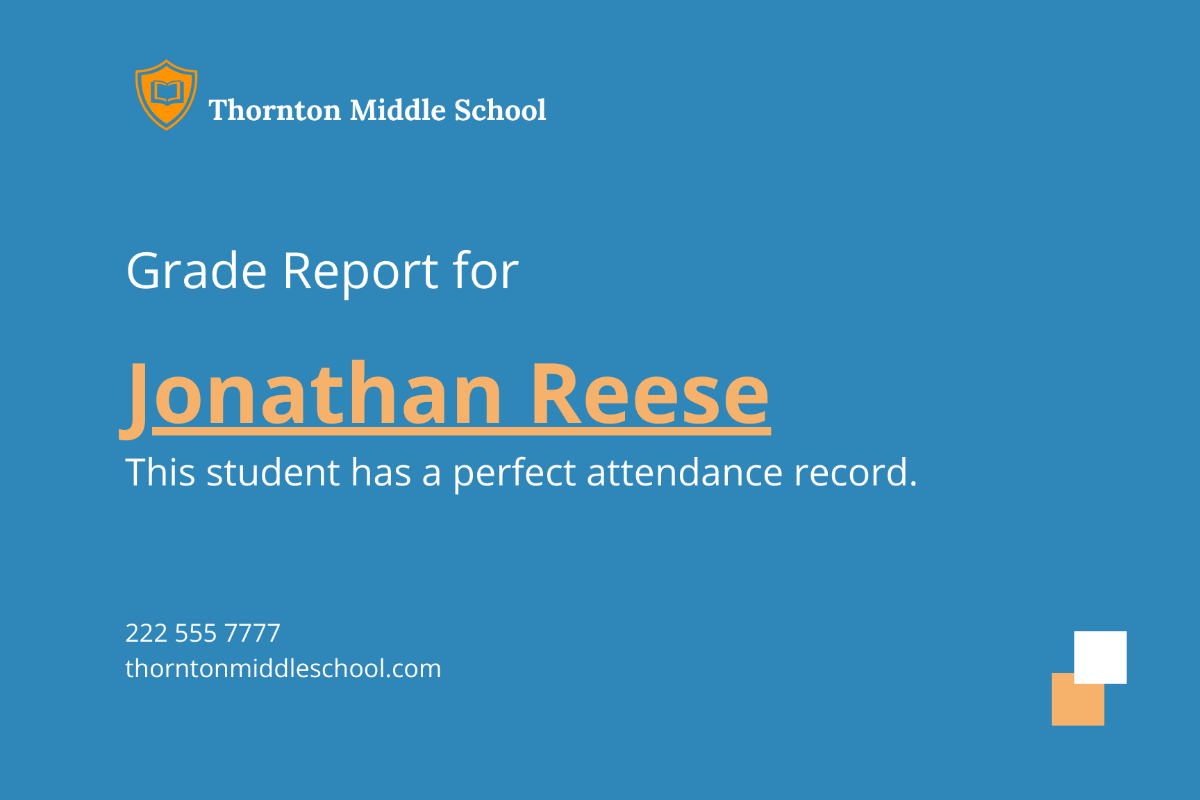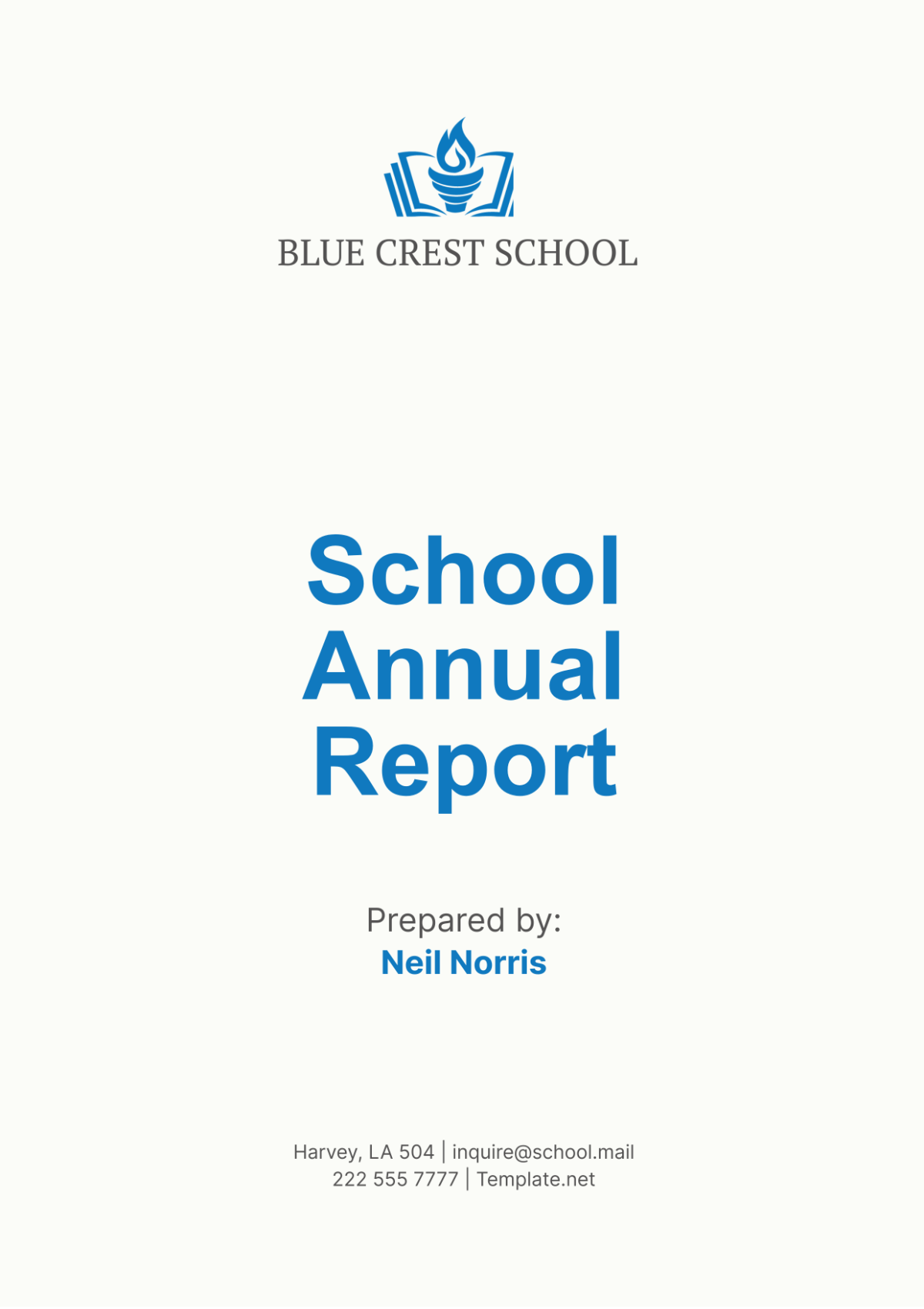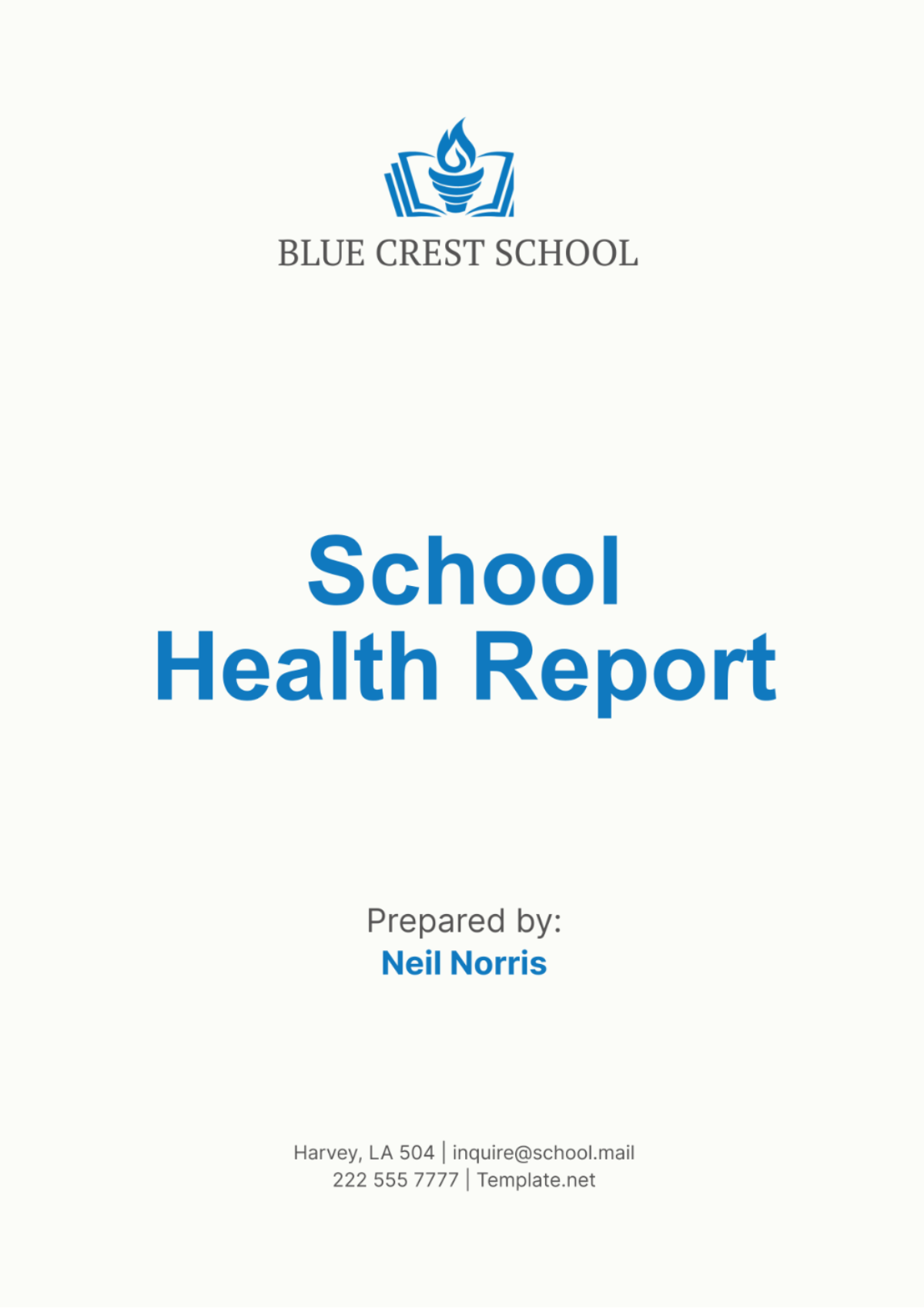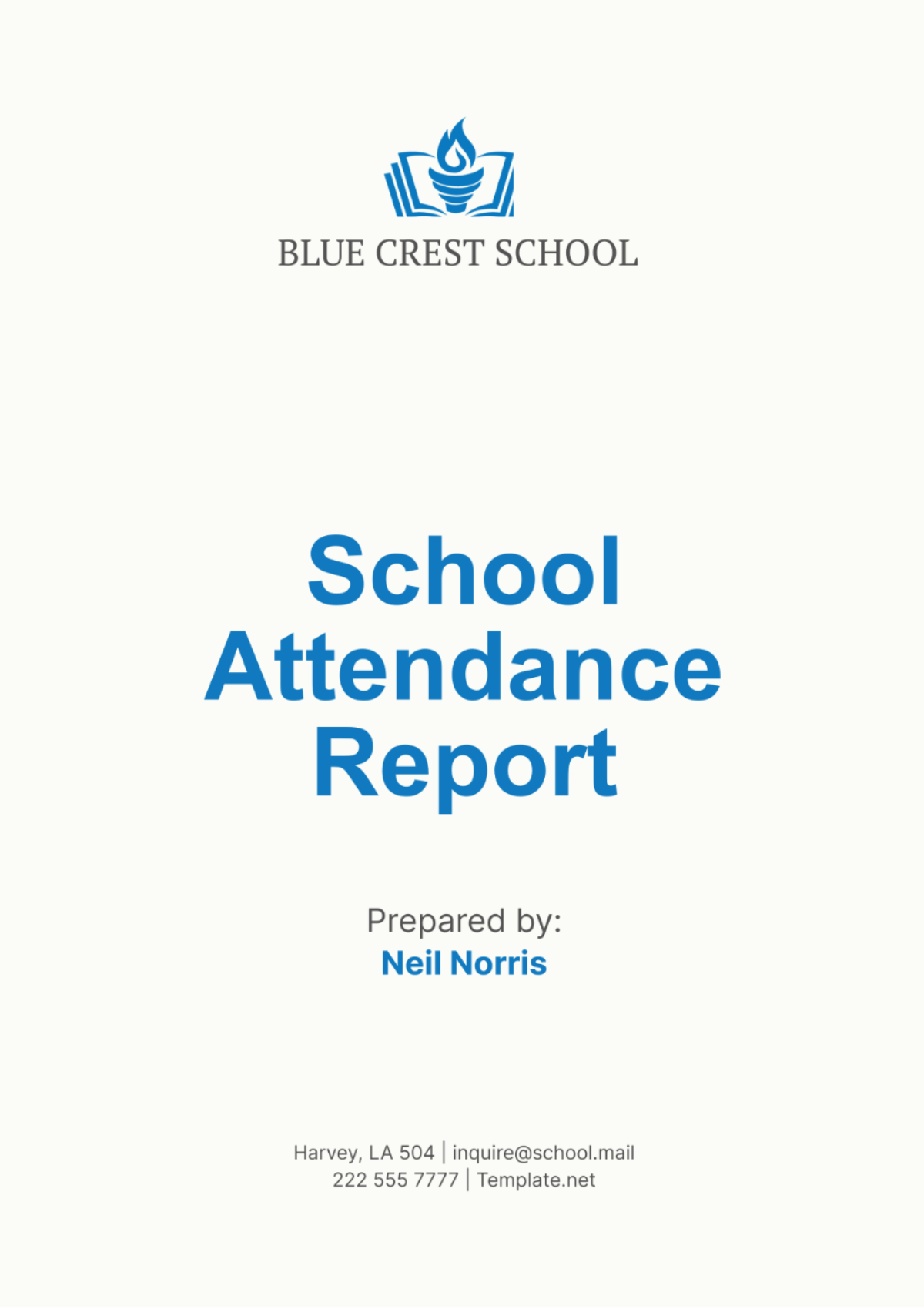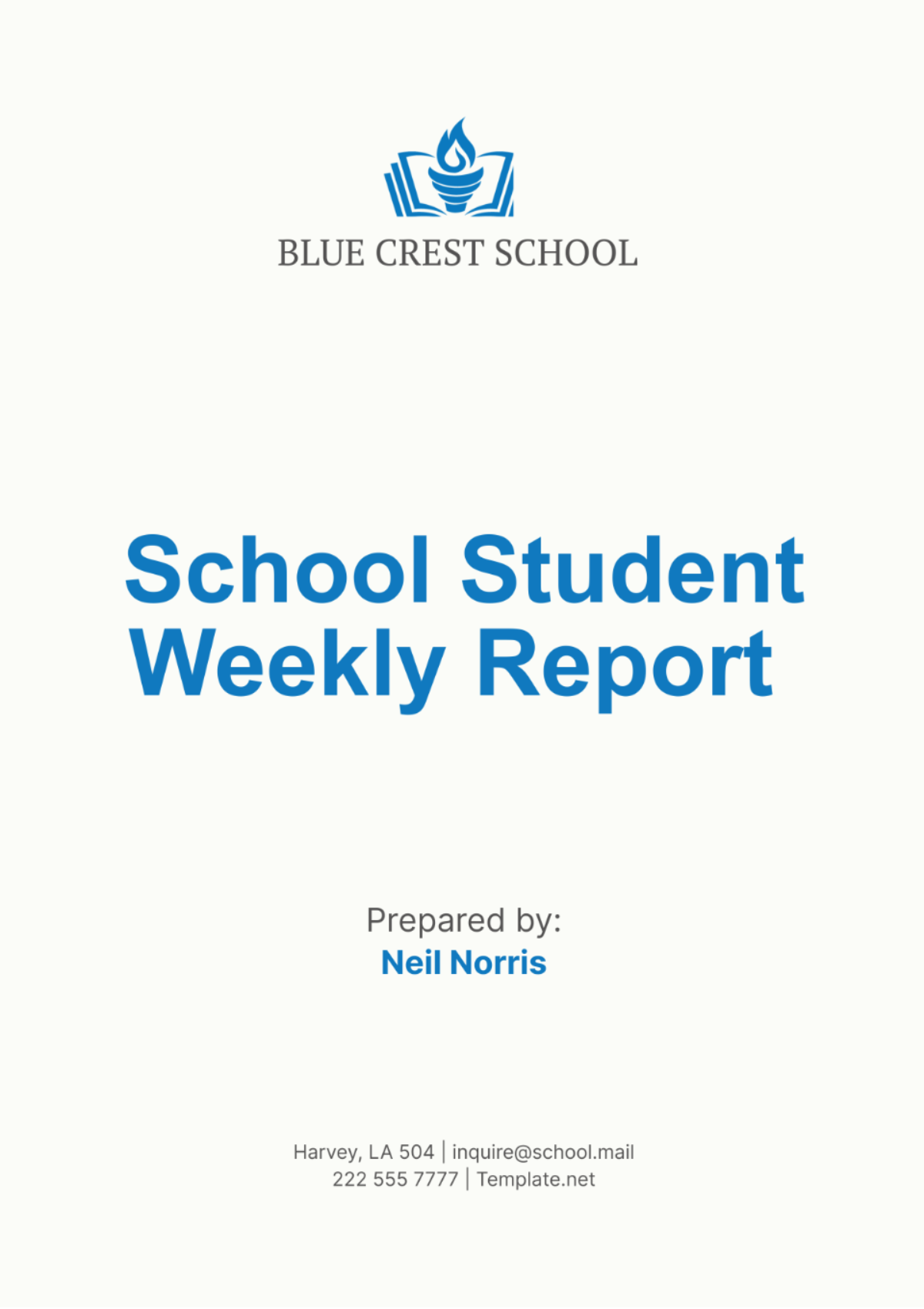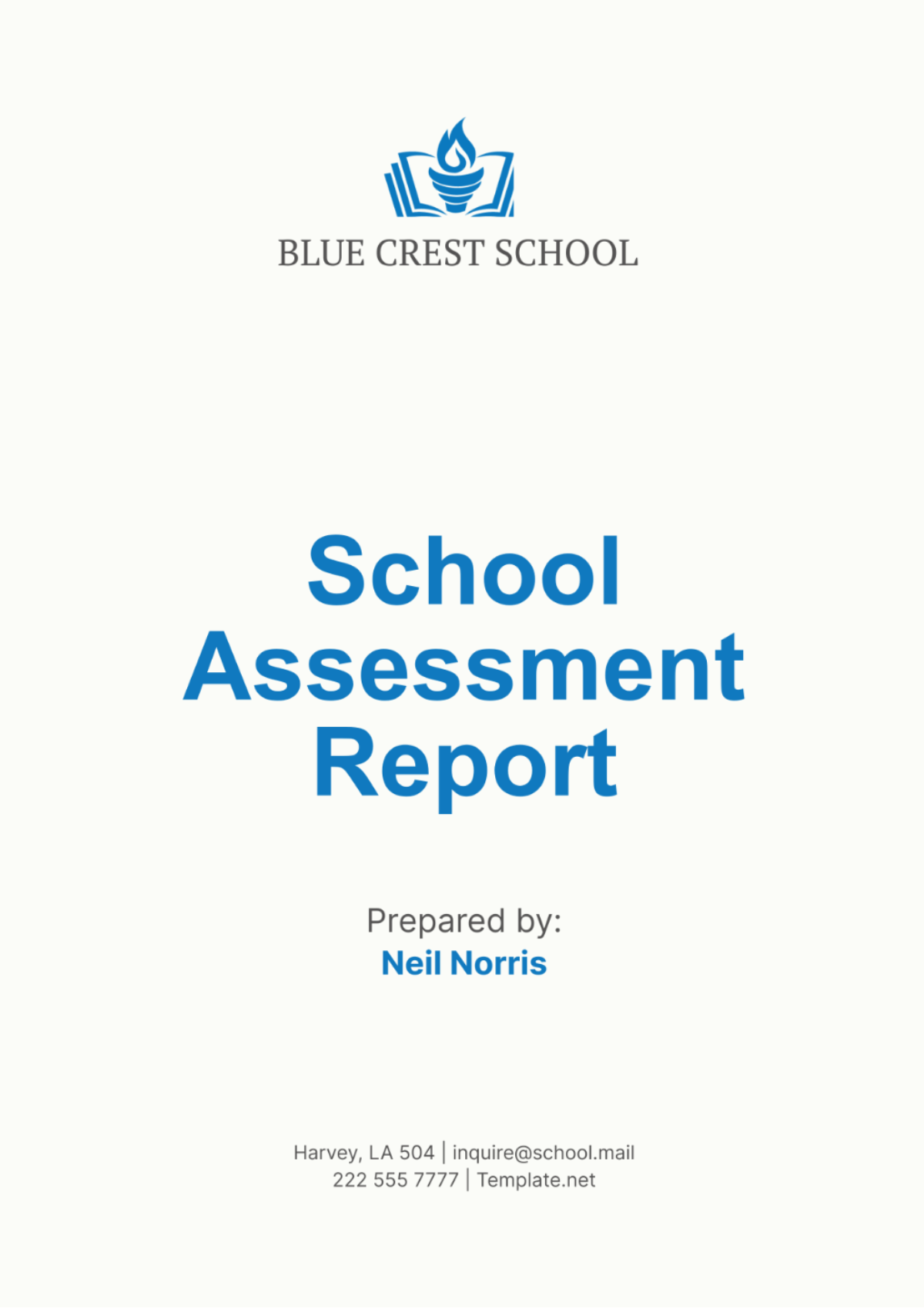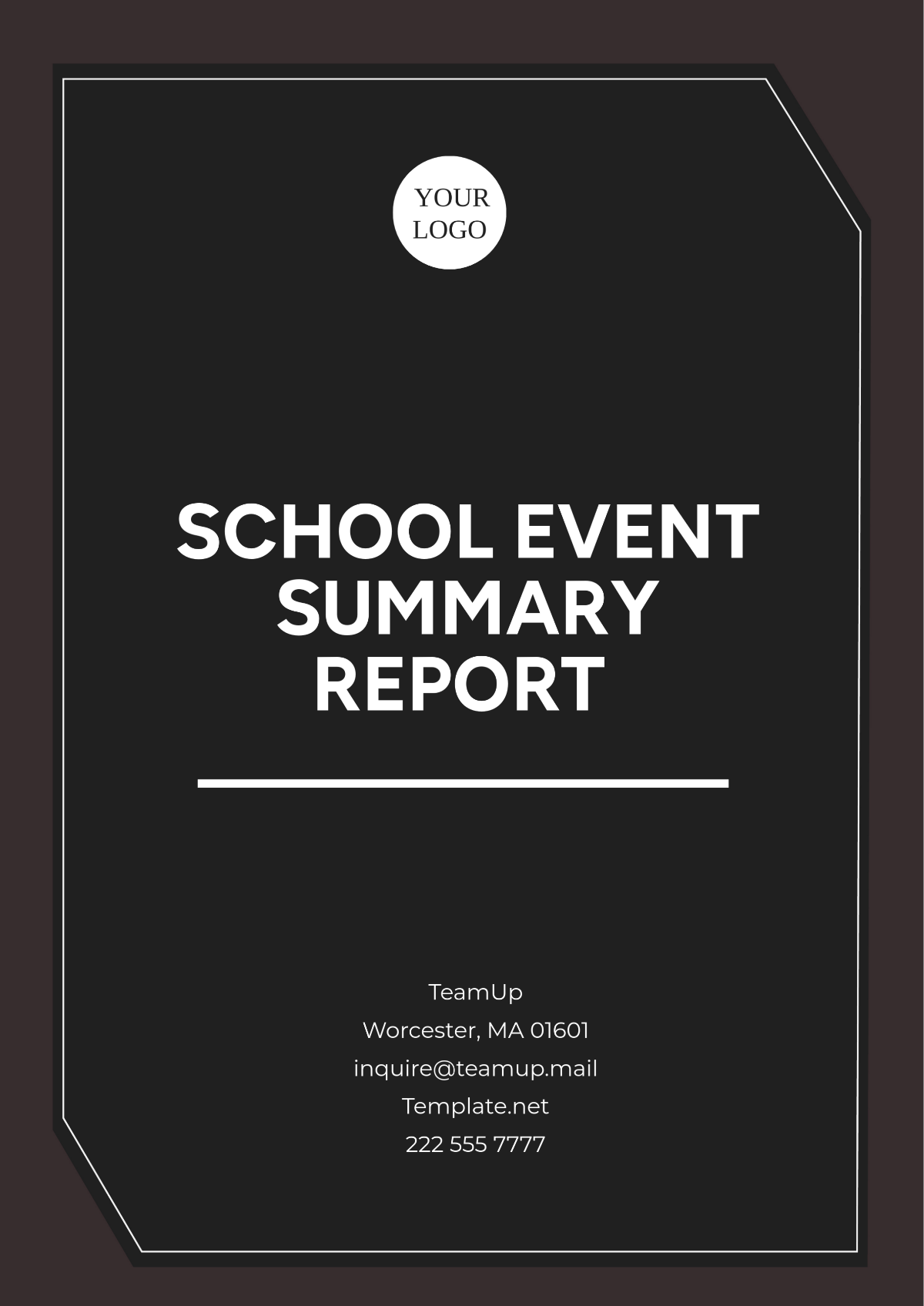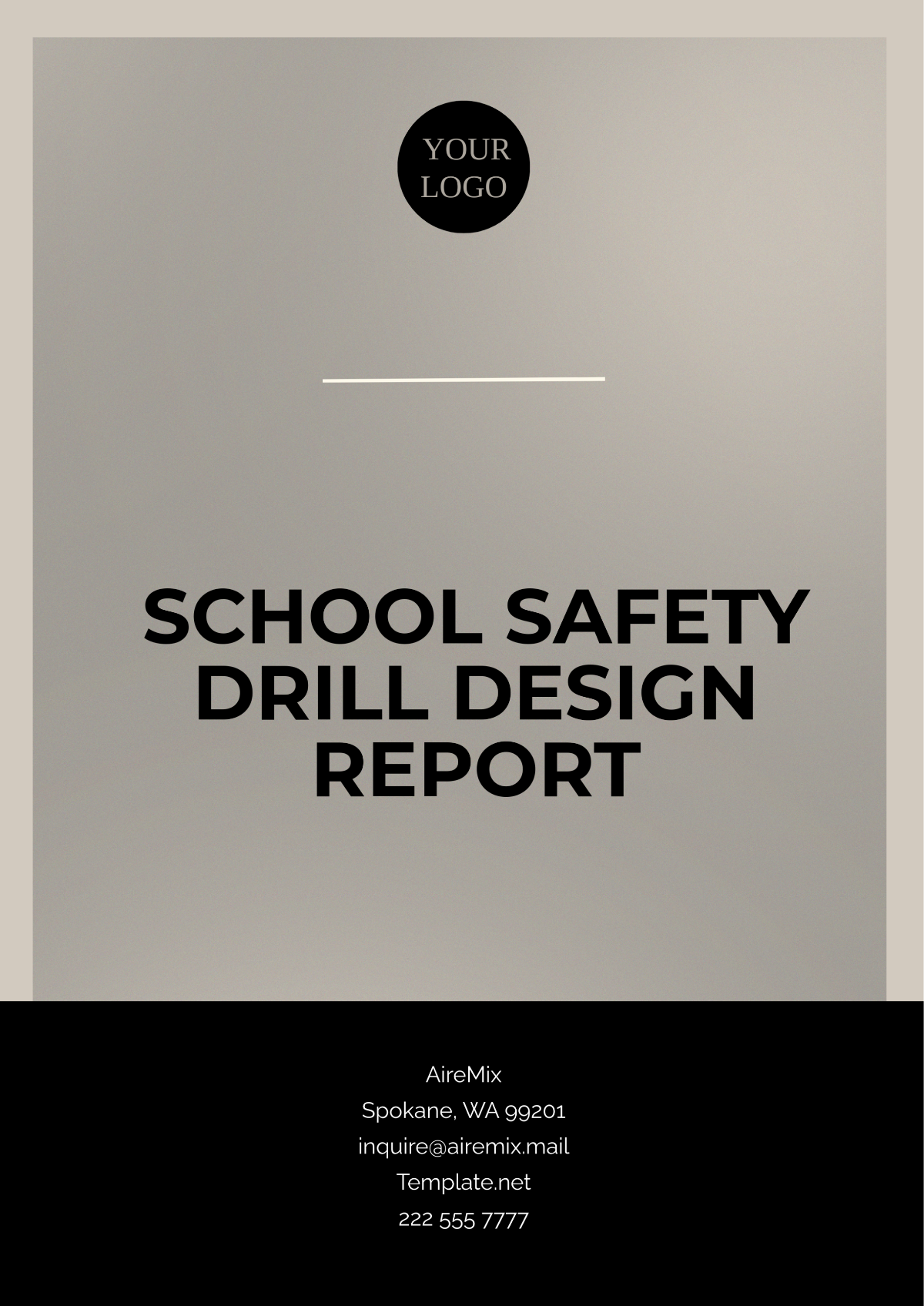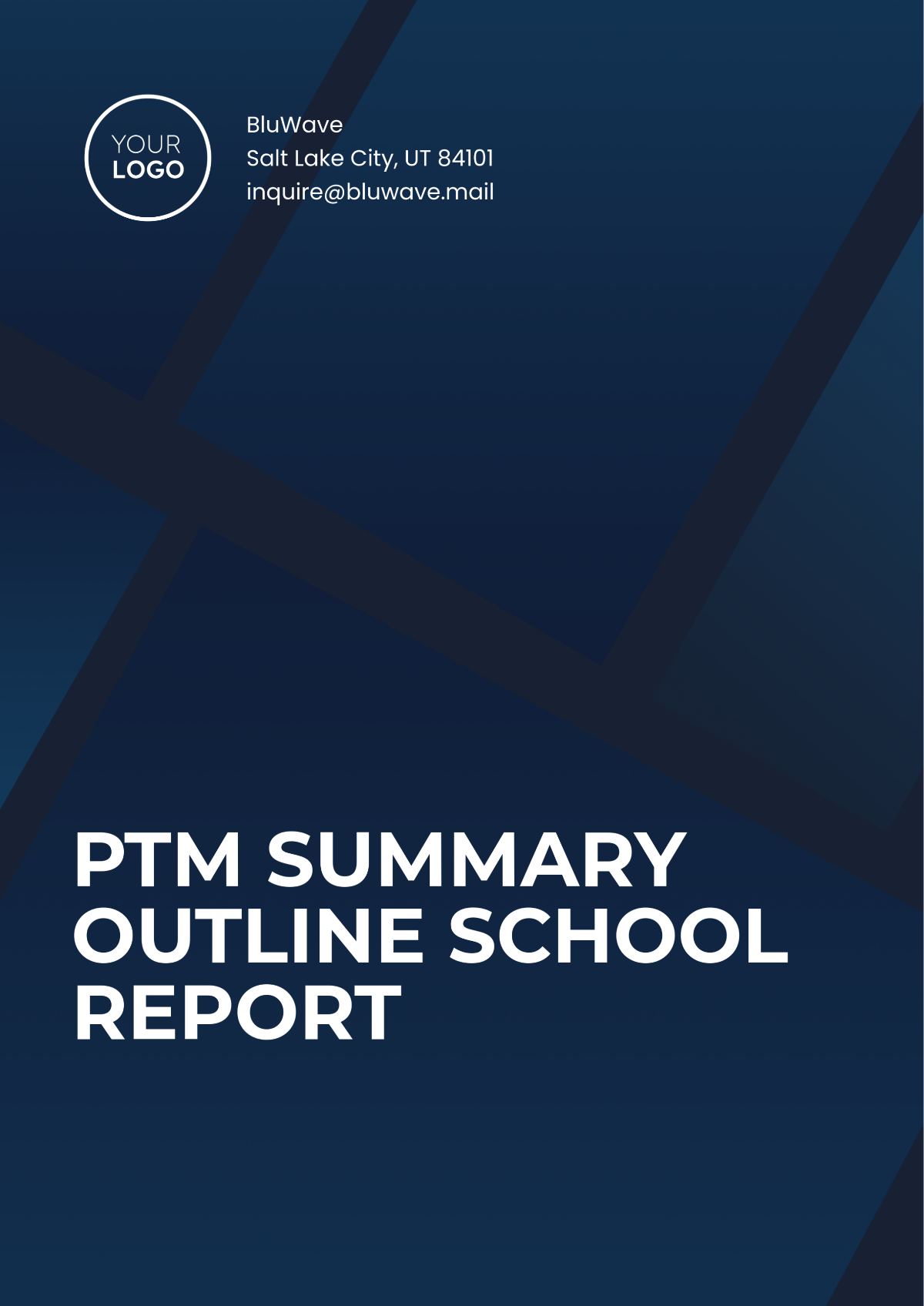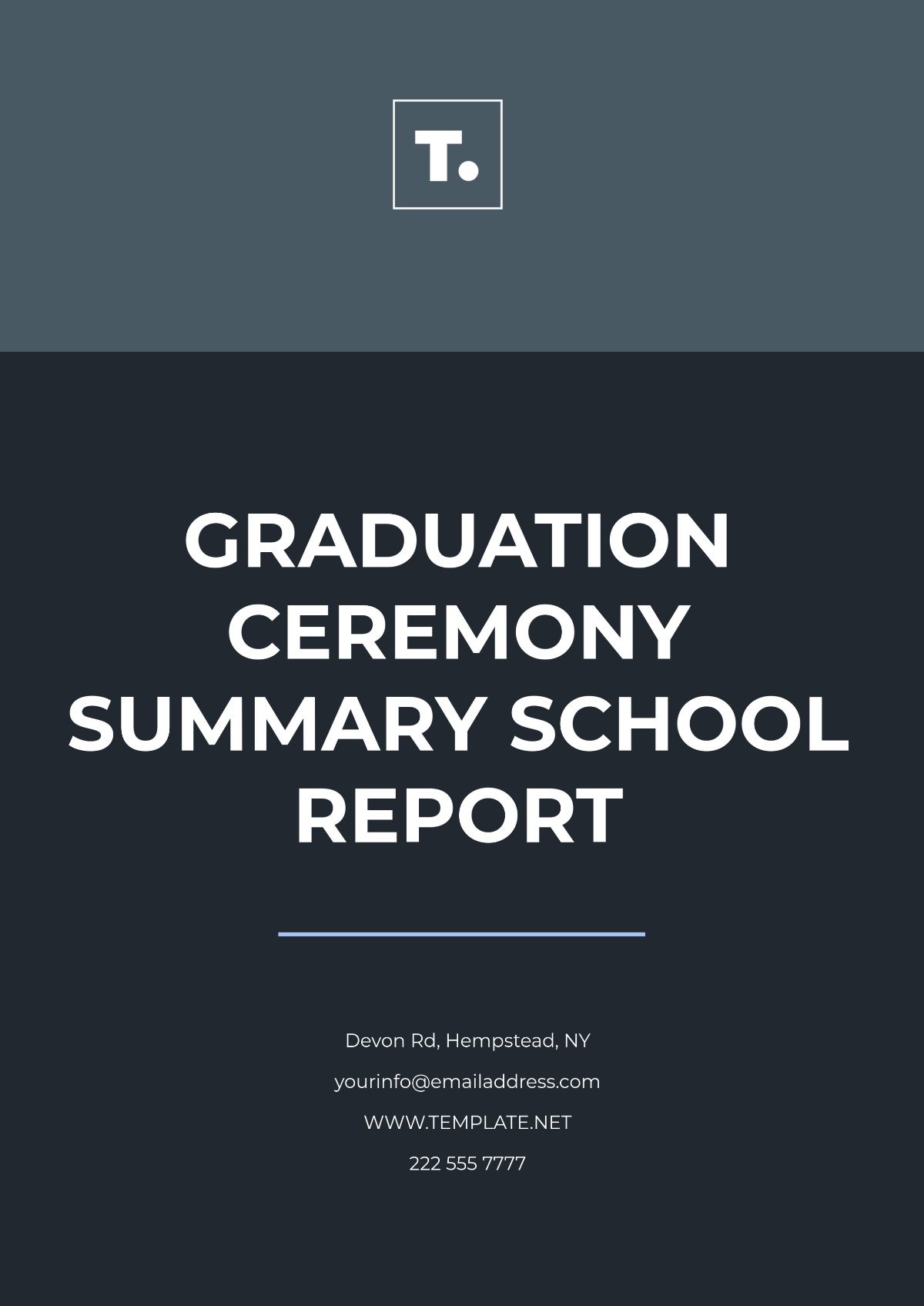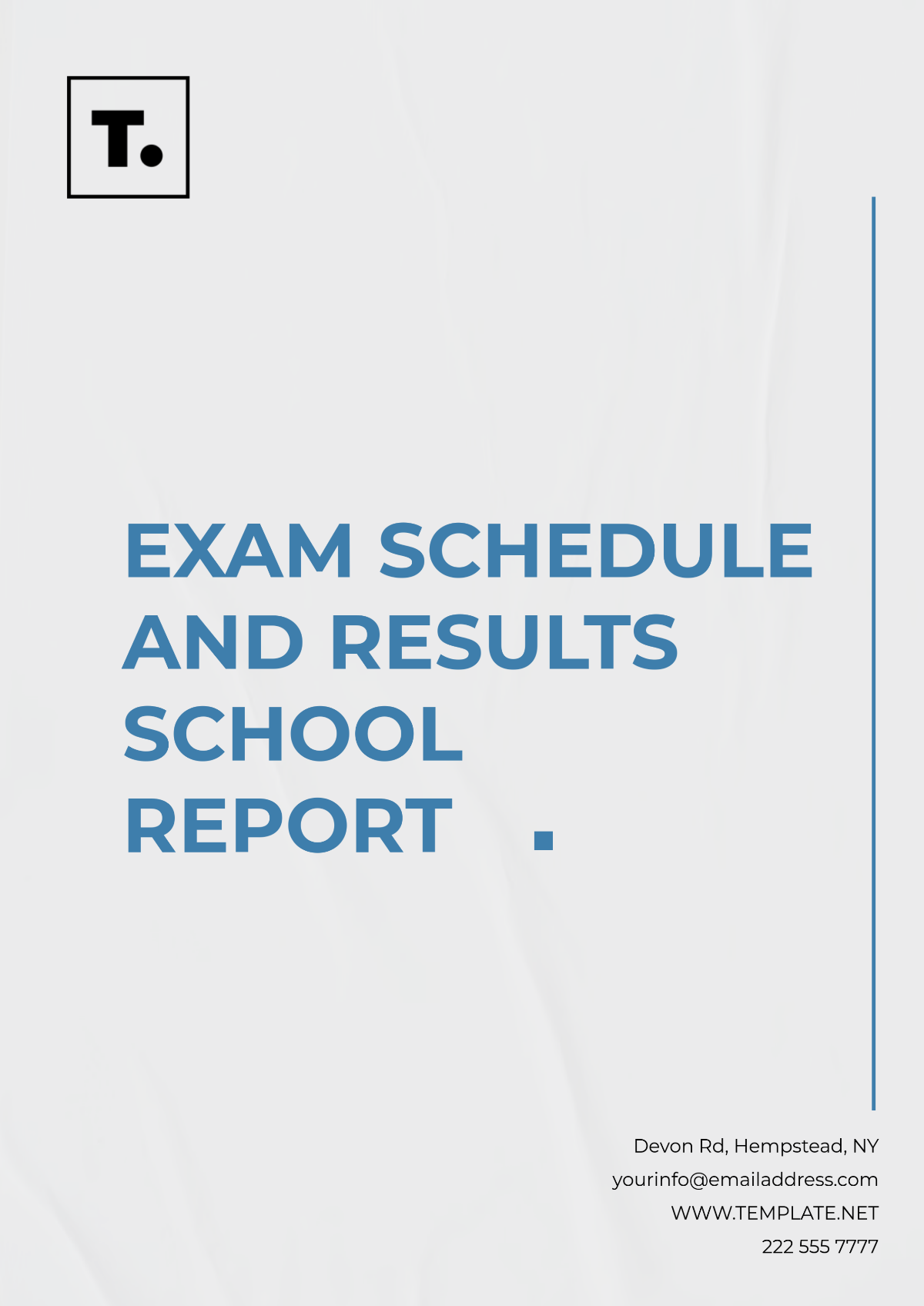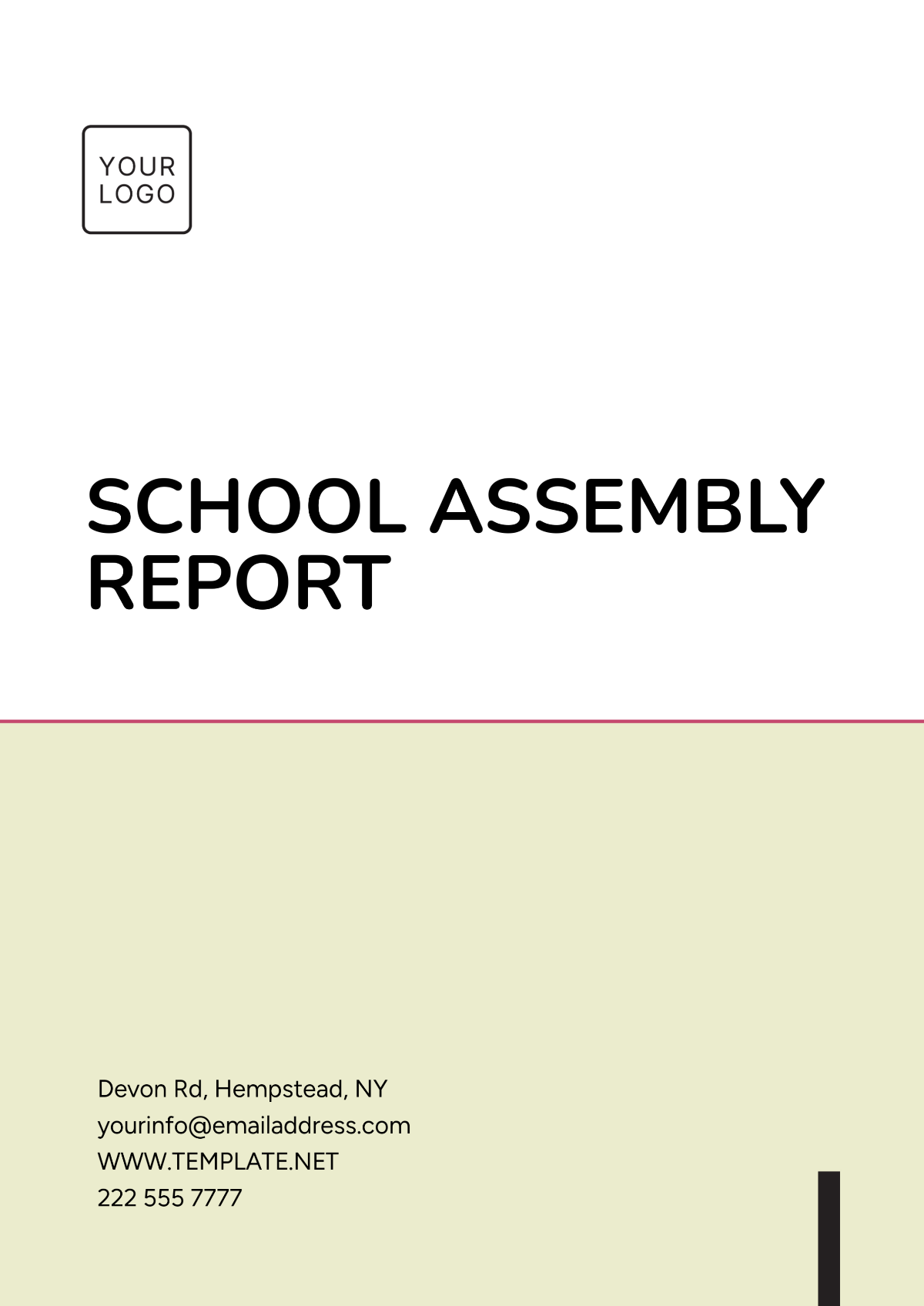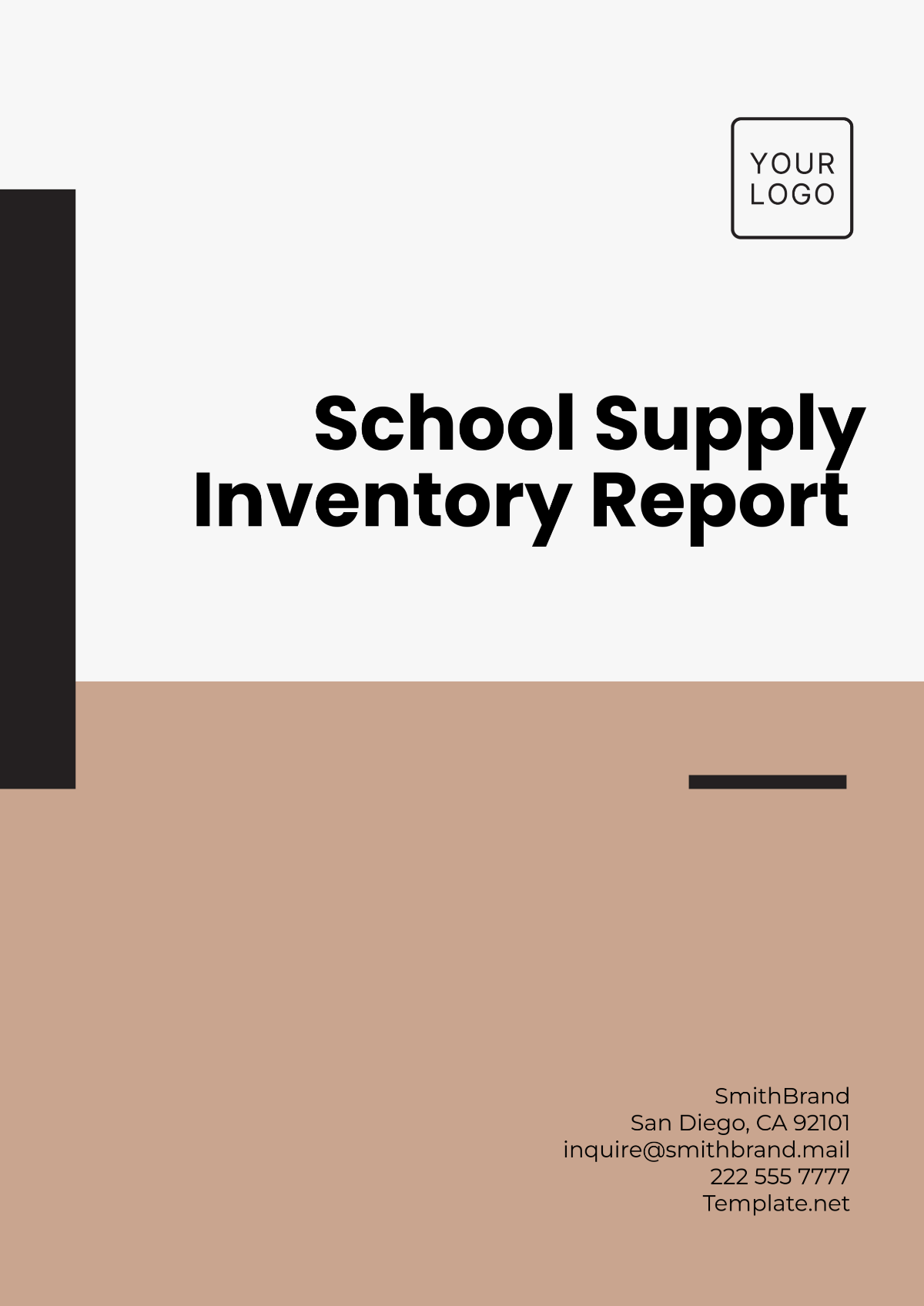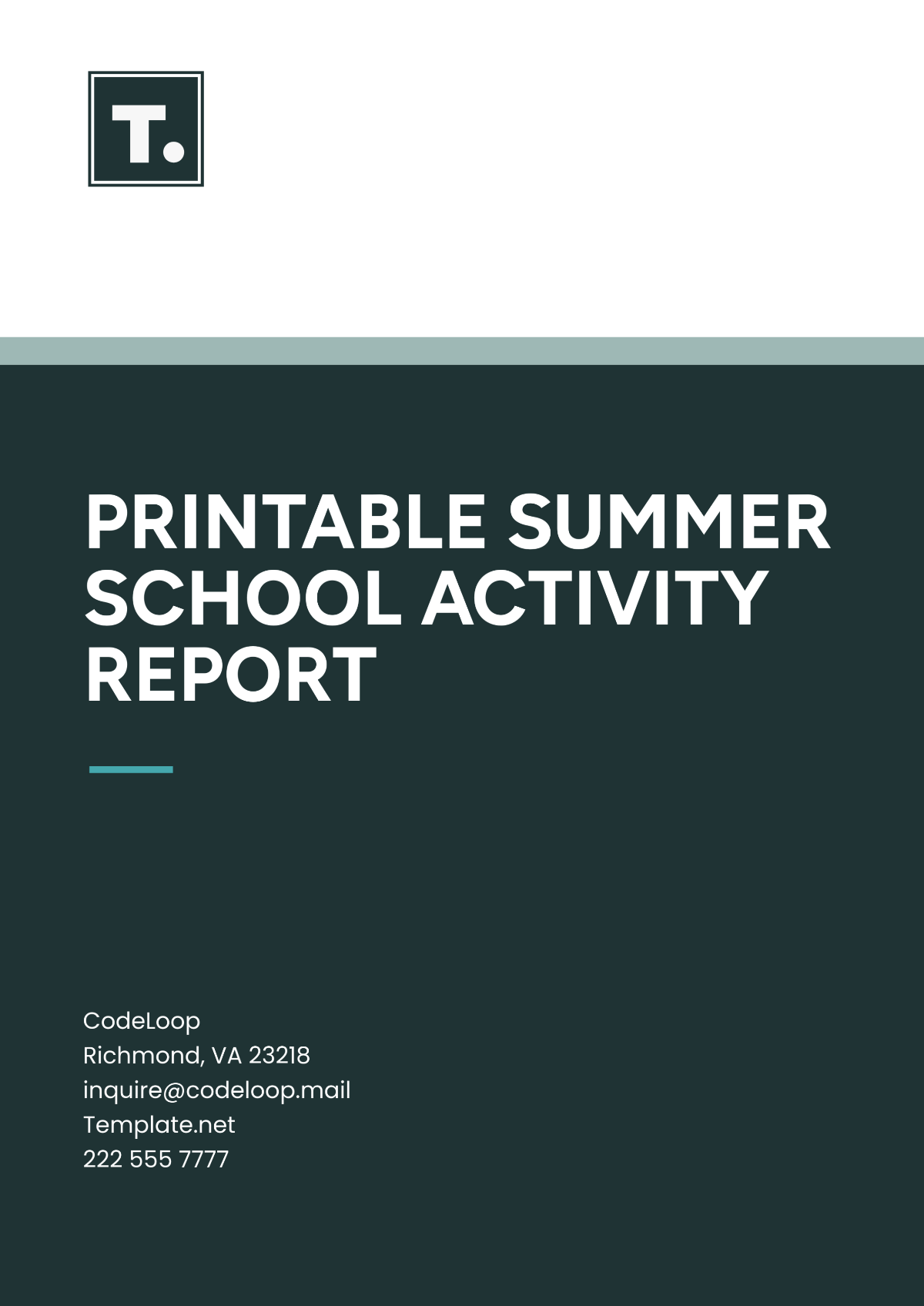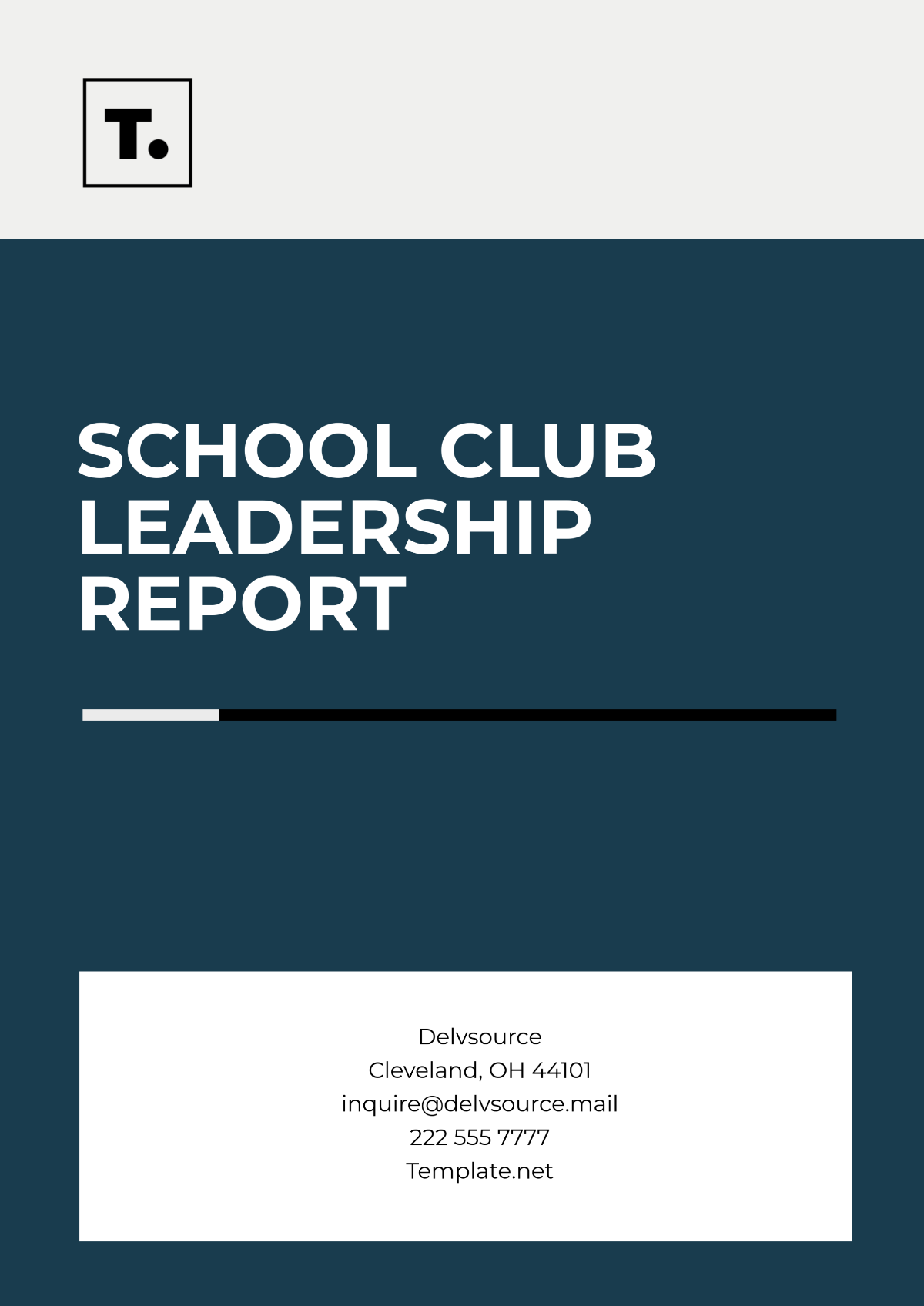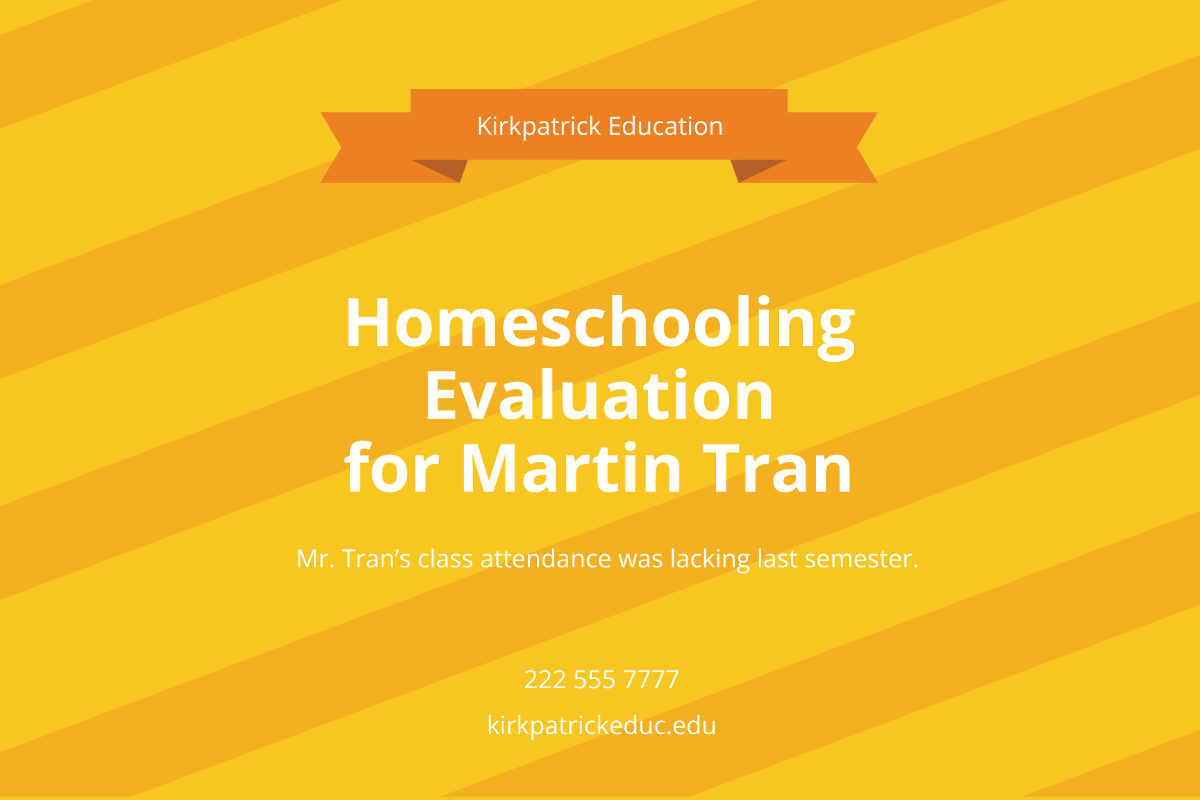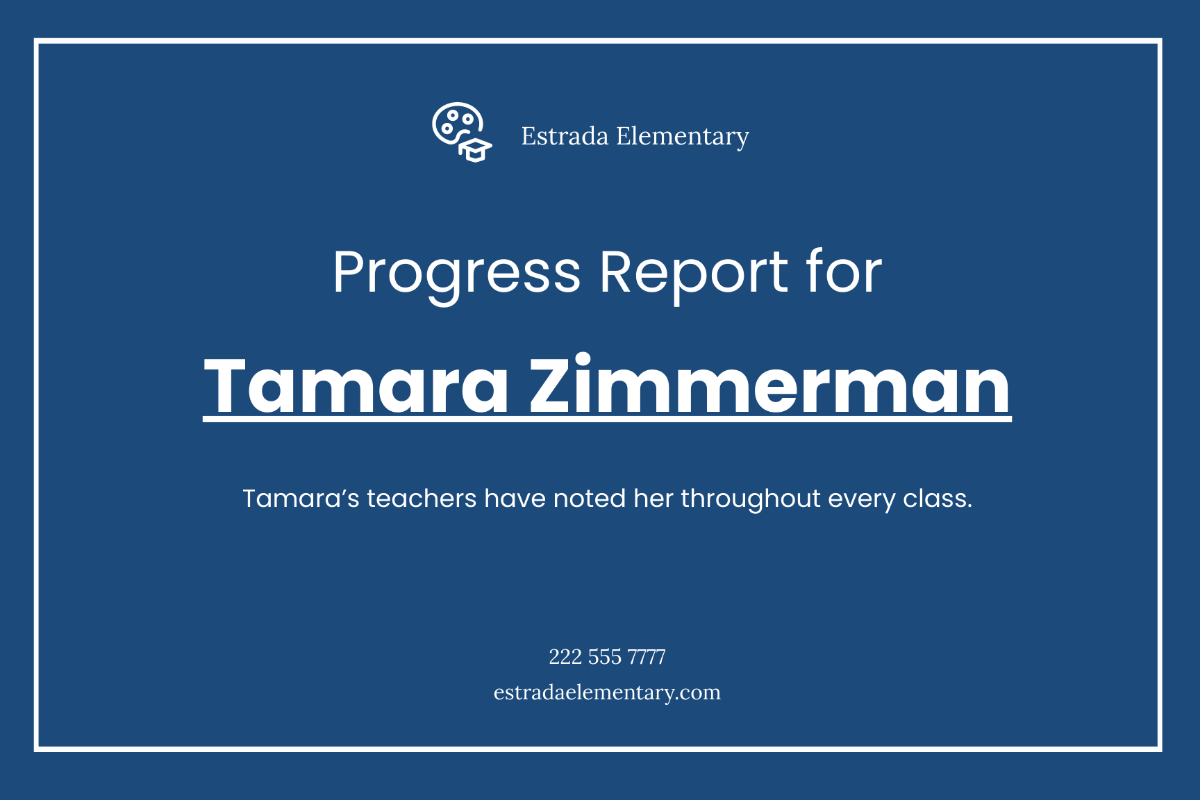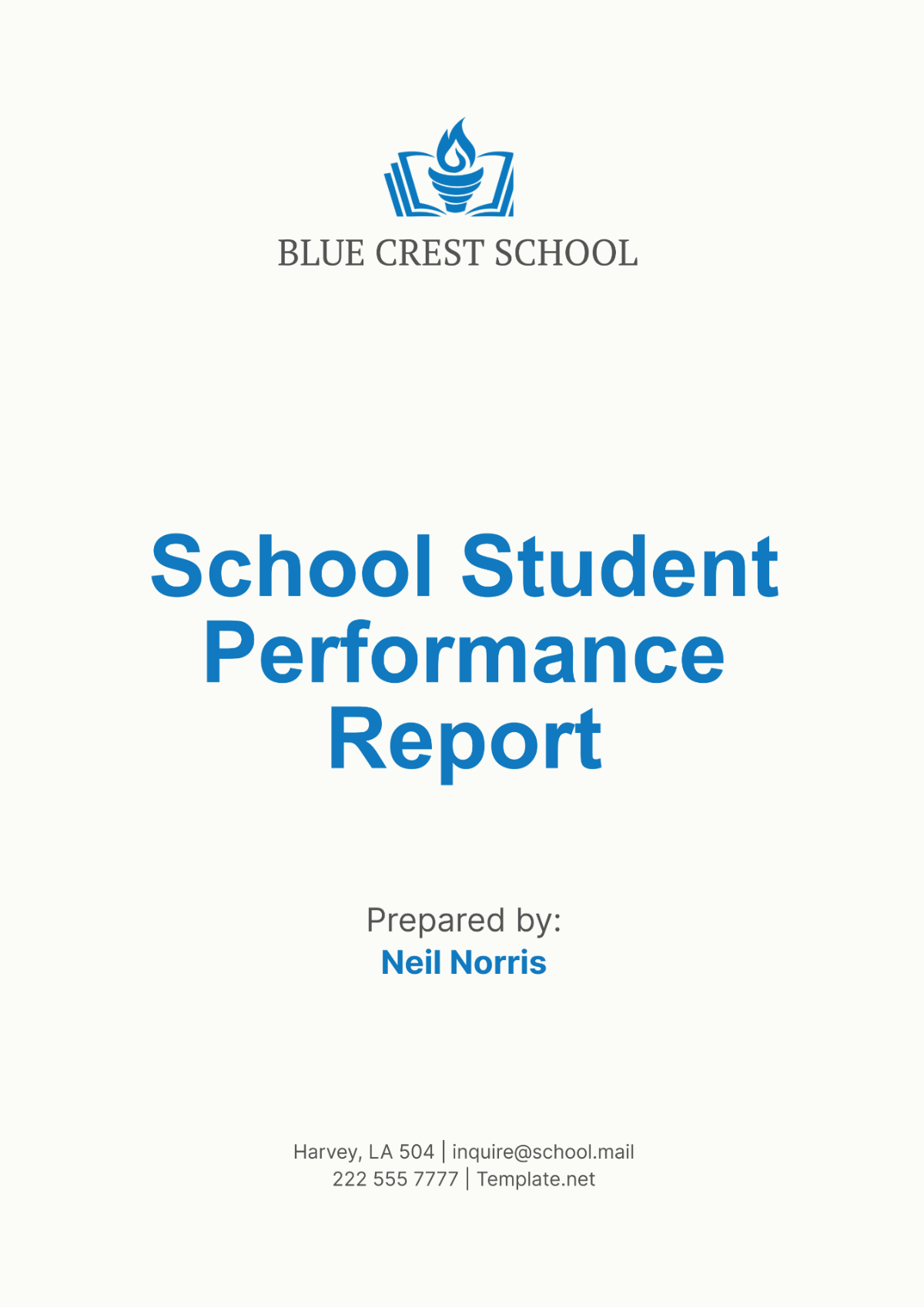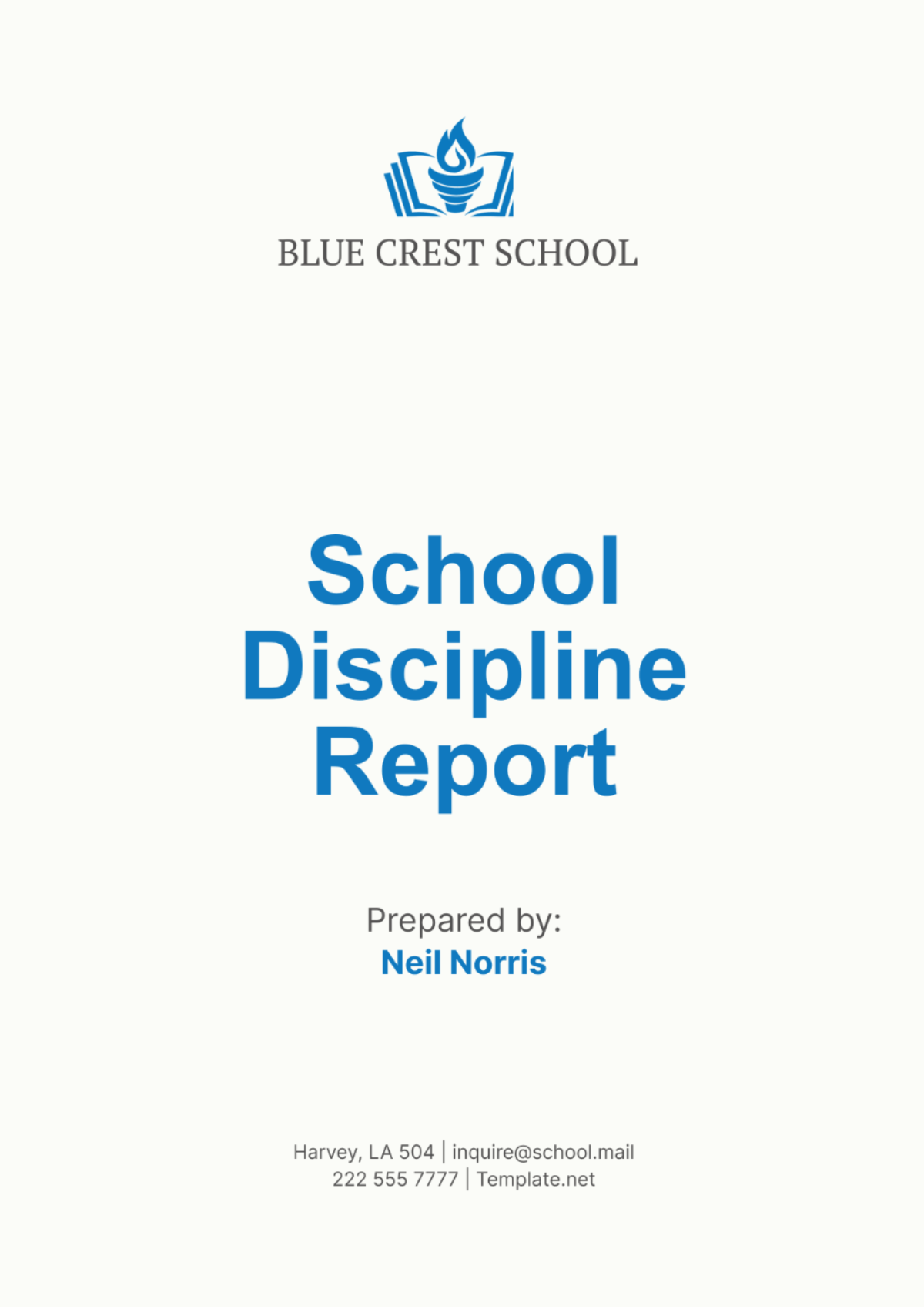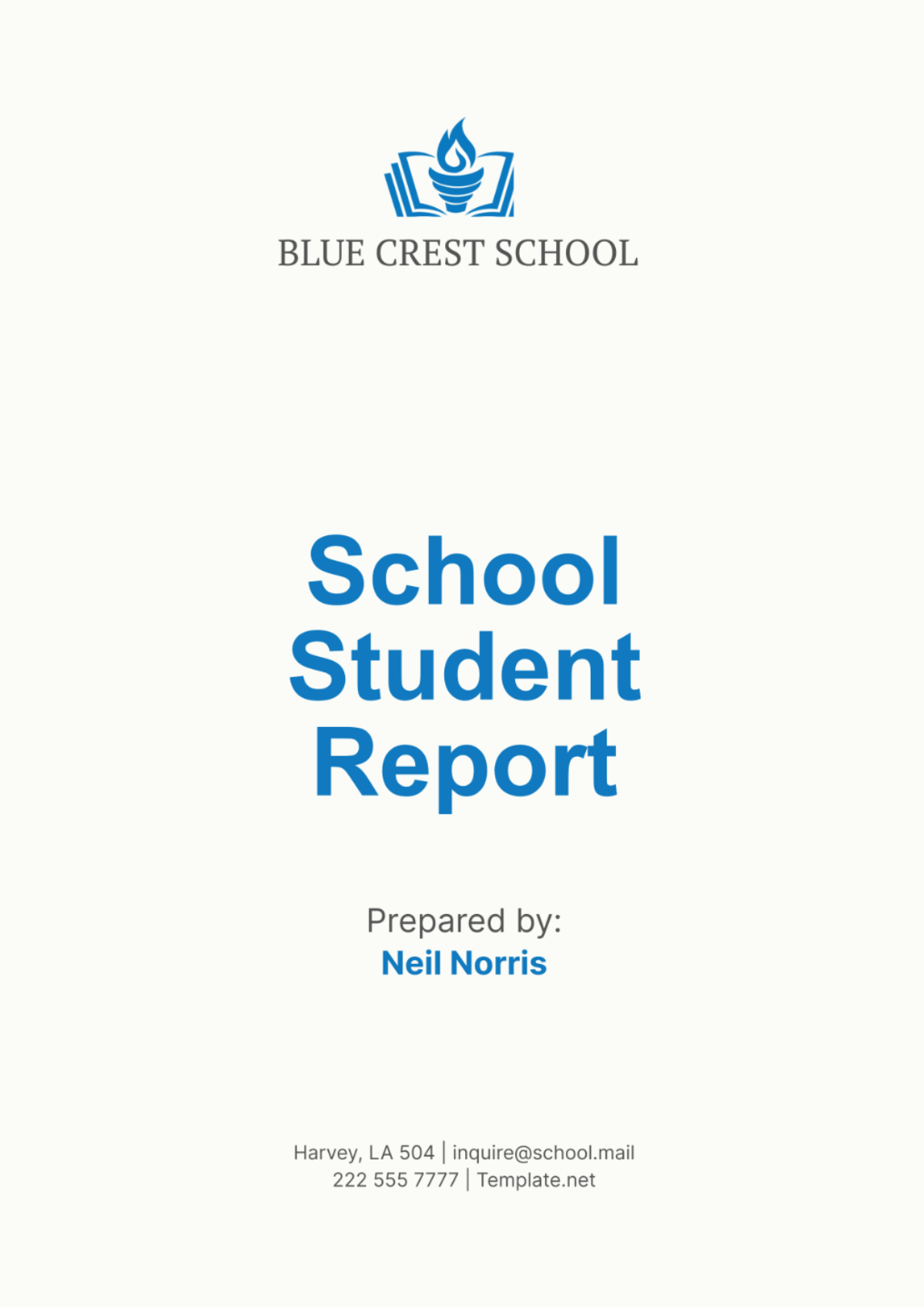Free Academic Report Format Template
ACADEMIC REPORT FORMAT
I. Introduction
This academic report provides a comprehensive analysis of the current educational framework, recent developments, and emerging trends in the academic sector. The report is structured to offer insights into various academic fields, evaluation methods, and future prospects.
1. Background
The educational landscape has undergone significant transformations over the past decade. With the advent of digital technologies and innovative pedagogical approaches, academic institutions are evolving rapidly. This section details the historical context and major changes.
2. Objectives
The primary objectives of this report are to:
Analyze current academic trends
Evaluate the effectiveness of different pedagogical methods
Provide recommendations for future improvements
II. Current Academic Trends
1. Digital Learning
Digital learning has become a cornerstone of modern education. This trend is characterized by the widespread adoption of online courses, virtual classrooms, and educational apps. The following table illustrates the growth of digital learning tools:
Year | Digital Learning Tools (in million) |
|---|---|
2058 | 5.2 |
2059 | 6.0 |
2050 | 7.5 |
2051 | 8.9 |
2. Inclusion and Diversity
Inclusion and diversity have become vital aspects of academic institutions. Efforts are being made to ensure that educational opportunities are accessible to all, regardless of background, race, or socioeconomic status. Key initiatives include:
Scholarship programs for underrepresented groups
Diverse curriculum development
Inclusive classroom practices
III. Evaluation Methods
1. Traditional Examinations
Traditional examinations remain a fundamental evaluation method within academic settings. These exams are typically structured as written tests, designed to assess a student’s knowledge and understanding of the subject matter.
2. Continuous Assessment
Continuous assessment includes assignments, projects, and class participation. This method offers a more holistic evaluation of a student’s capabilities and promotes consistent engagement with the coursework.
3. Comparative Analysis
The following table provides a comparative analysis of traditional examinations and continuous assessment methods:
Method | Advantages | Disadvantages |
|---|---|---|
Traditional Examinations | Structured, Objective | Stressful, Limited Scope |
Continuous Assessment | Comprehensive, Encourages Participation | Time-consuming, Subjective |
IV. Future Prospects
1. Integration of AI
The integration of Artificial Intelligence in education is poised to revolutionize academic paradigms. AI can personalize learning experiences, provide real-time feedback, and automate administrative tasks.
2. Global Collaboration
Global collaboration among academic institutions can foster the exchange of knowledge, cultural understanding, and the development of innovative research. Initiatives include international student exchange programs and collaborative research projects.
3. Sustainable Practices
Sustainability in education entails incorporating environmentally friendly practices within academic institutions. This involves reducing carbon footprints, promoting awareness about environmental issues, and integrating sustainability topics into the curriculum.
V. Conclusion
In conclusion, the academic sector is experiencing significant advancements and challenges. By embracing digital learning, promoting inclusion and diversity, and continuously assessing evaluation methods, academic institutions can enhance educational outcomes. The future holds promising prospects with the integration of AI, global collaboration, and sustainable practices.
